Mediterranean interior design continues to captivate homeowners worldwide with its perfect blend of warmth, elegance, and relaxed sophistication. This rising interior design trend effortlessly blends rustic Mediterranean elements with modern touches, creating spaces that feel organic, relaxed, and sophisticated, making it ideal for those seeking a timeless aesthetic that transcends fleeting trends. Drawing inspiration from the sun-drenched coastlines of Spain, Italy, Greece, and Morocco, this style celebrates natural materials, earthy color palettes, and seamless indoor-outdoor living. Whether you're drawn to the rustic charm of Tuscan farmhouses or the coastal elegance of Greek islands, Mediterranean design offers endless possibilities for creating inviting, character-rich spaces that feel both luxurious and lived-in.
1. Rustic Tuscan Mediterranean Interior Design
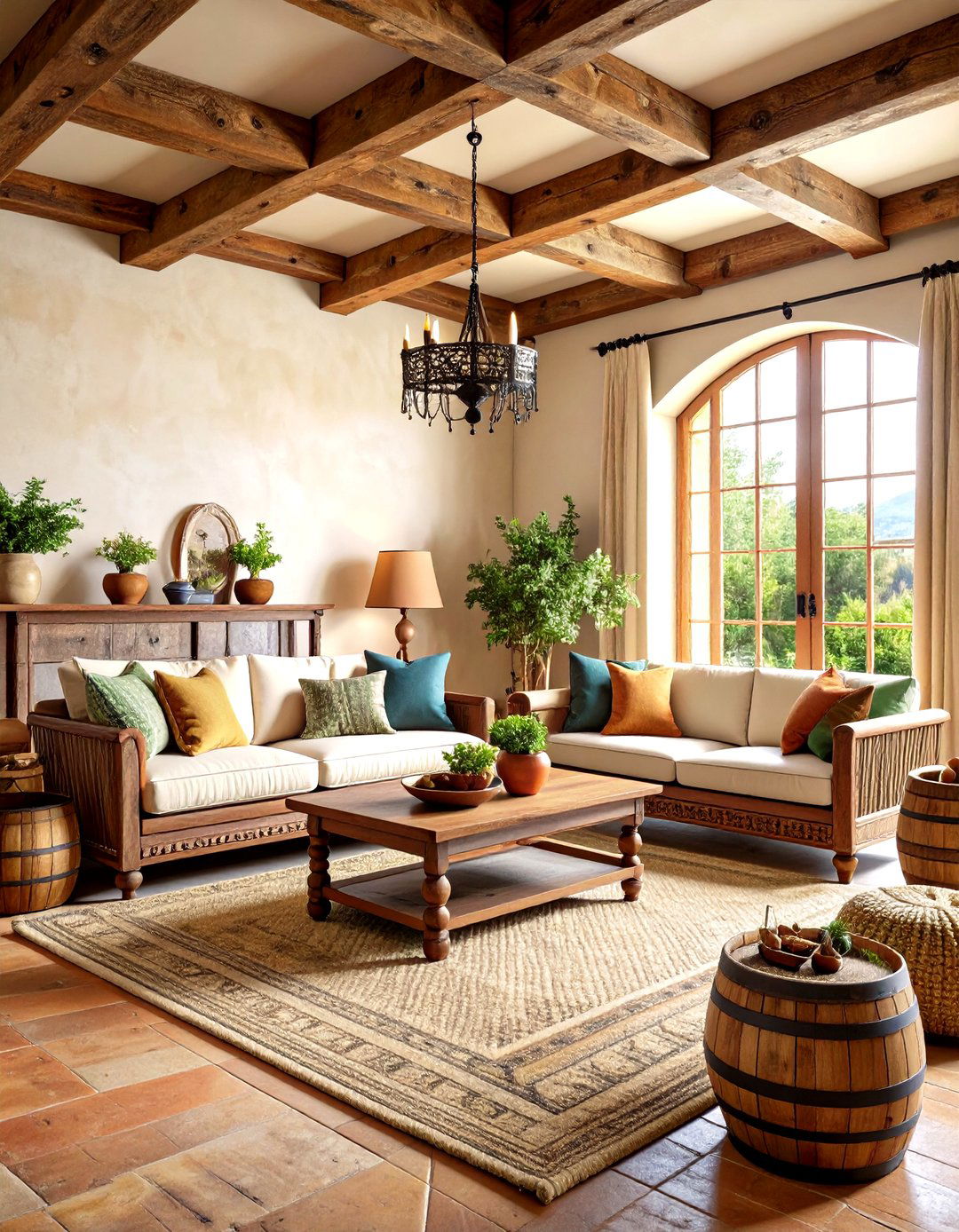
Embracing the rolling hills and vineyards of Tuscany, this Mediterranean interior design theme celebrates rustic Italian charm through warm, earthy tones such as terracotta, olive green, rich gold, and warm browns, reflecting the sun-drenched landscape of Tuscany. The design centers around exposed wooden ceiling beams, natural stone floors, and hand-plastered walls in cream and ochre tones. Furniture pieces feature weathered wood tables, wrought iron accents, and upholstered seating in rich leather and linen fabrics. Simple and handcrafted, with a focus on pottery, wrought iron accents, and landscape art reflecting the Tuscan countryside complete this authentic Italian aesthetic. Large ceramic vessels, vintage wine barrels repurposed as tables, and landscape paintings of olive groves create an atmosphere reminiscent of a countryside villa where every element tells a story of Italian heritage and craftsmanship.
2. Greek Island Mediterranean Interior Design
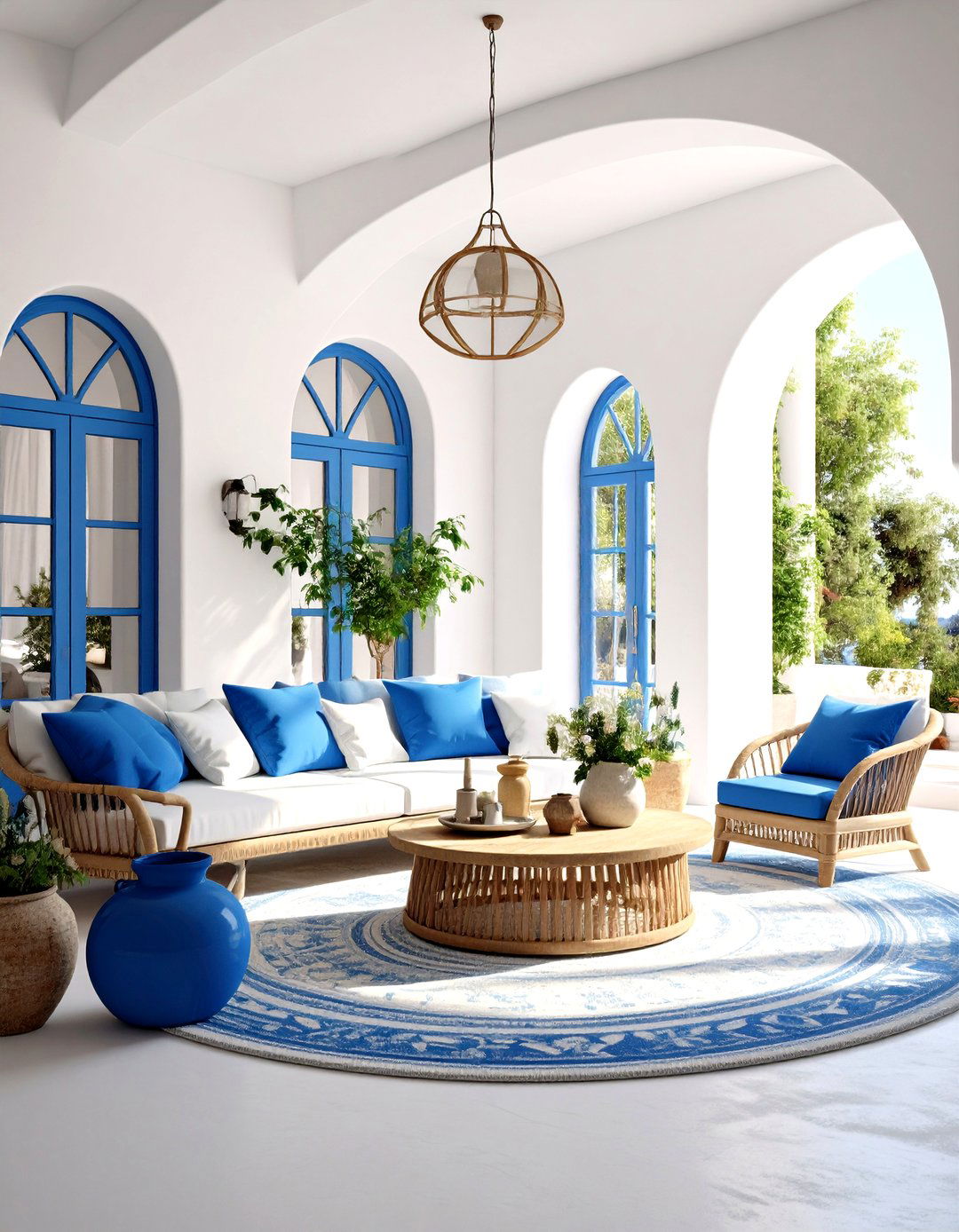
Capturing the essence of Santorini's iconic architecture, this Mediterranean interior design style transforms spaces into whitewash walls with cobalt blue havens that mirror the Aegean Sea. The design foundation relies on pristine white walls, azure blue accents, and smooth plaster finishes that create an airy, coastal atmosphere. Iron furniture and the incorporation of Greek cultural motifs add authentic touches, while a lot of the furniture has a patio vibe to it, emphasizing the seamless connection between indoor and outdoor living. Key features include curved architectural elements, blue-painted window frames, and white cotton textiles that flutter in sea breezes. Decorative elements such as Greek pottery, nautical rope details, and hand-painted ceramic tiles featuring geometric patterns complete this serene island-inspired retreat that celebrates Greece's maritime heritage.
3. Spanish Colonial Mediterranean Interior Design
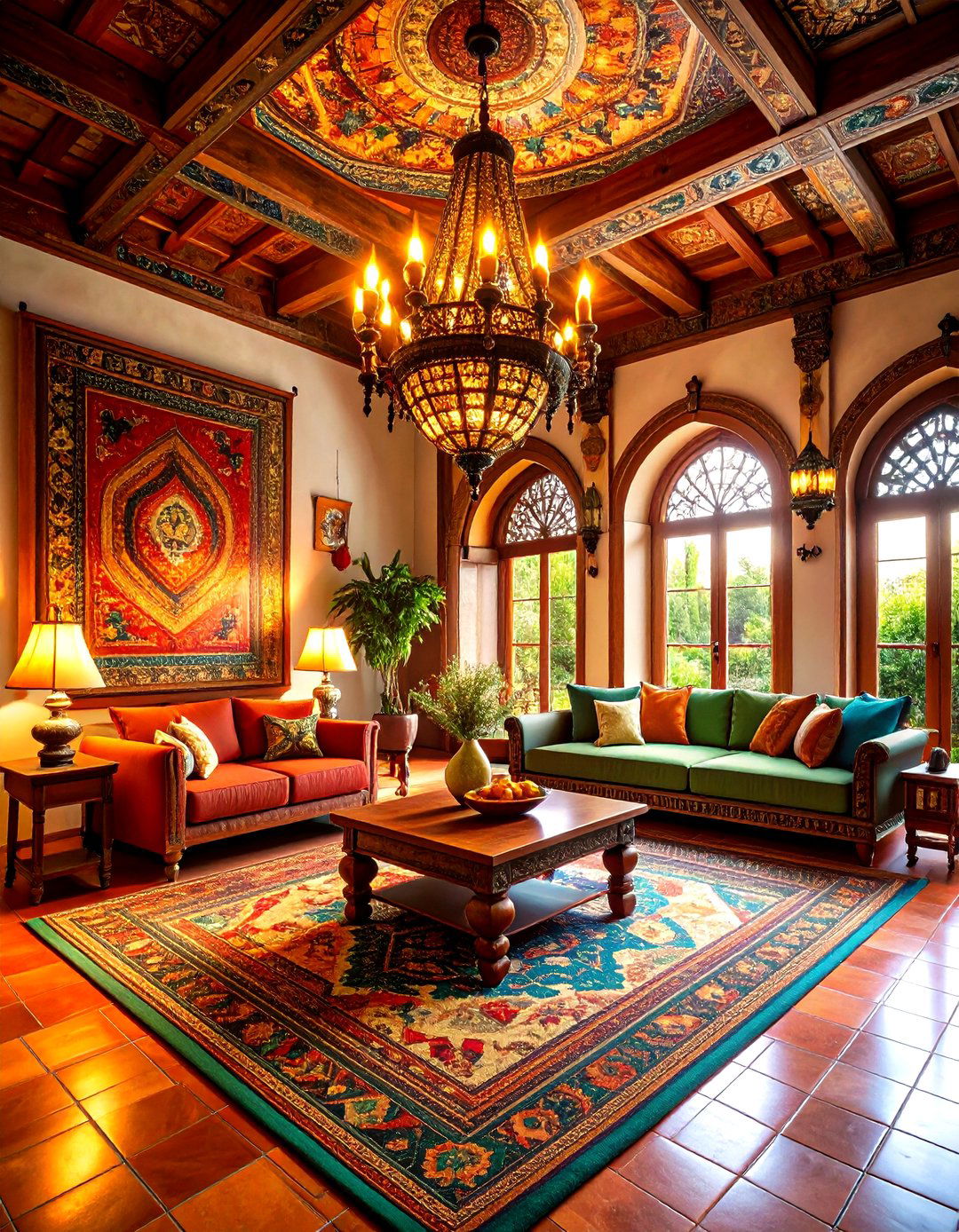
This design approach channels the rich cultural heritage of Spain through Spanish style borrows from Moroccan design. Some of the most striking characteristics are the cobalt-blue mosaics and the low, rustic furniture. The color palette combines warm terracotta, deep blues, and golden yellows, creating vibrant yet harmonious spaces. Terracotta tile floors are common, providing both practicality and authentic Spanish character. Hand-painted tiles featuring intricate geometric patterns adorn backsplashes and accent walls, while heavy wooden furniture with ornate iron hardware anchors seating areas. Textiles incorporate rich patterns and textures, from tapestries to embroidered cushions, creating layers of visual interest. Wrought iron chandeliers, ceramic pottery, and religious artwork complete this passionate design that celebrates Spain's artistic traditions and Moorish influences.
4. Moroccan-Inspired Mediterranean Interior Design
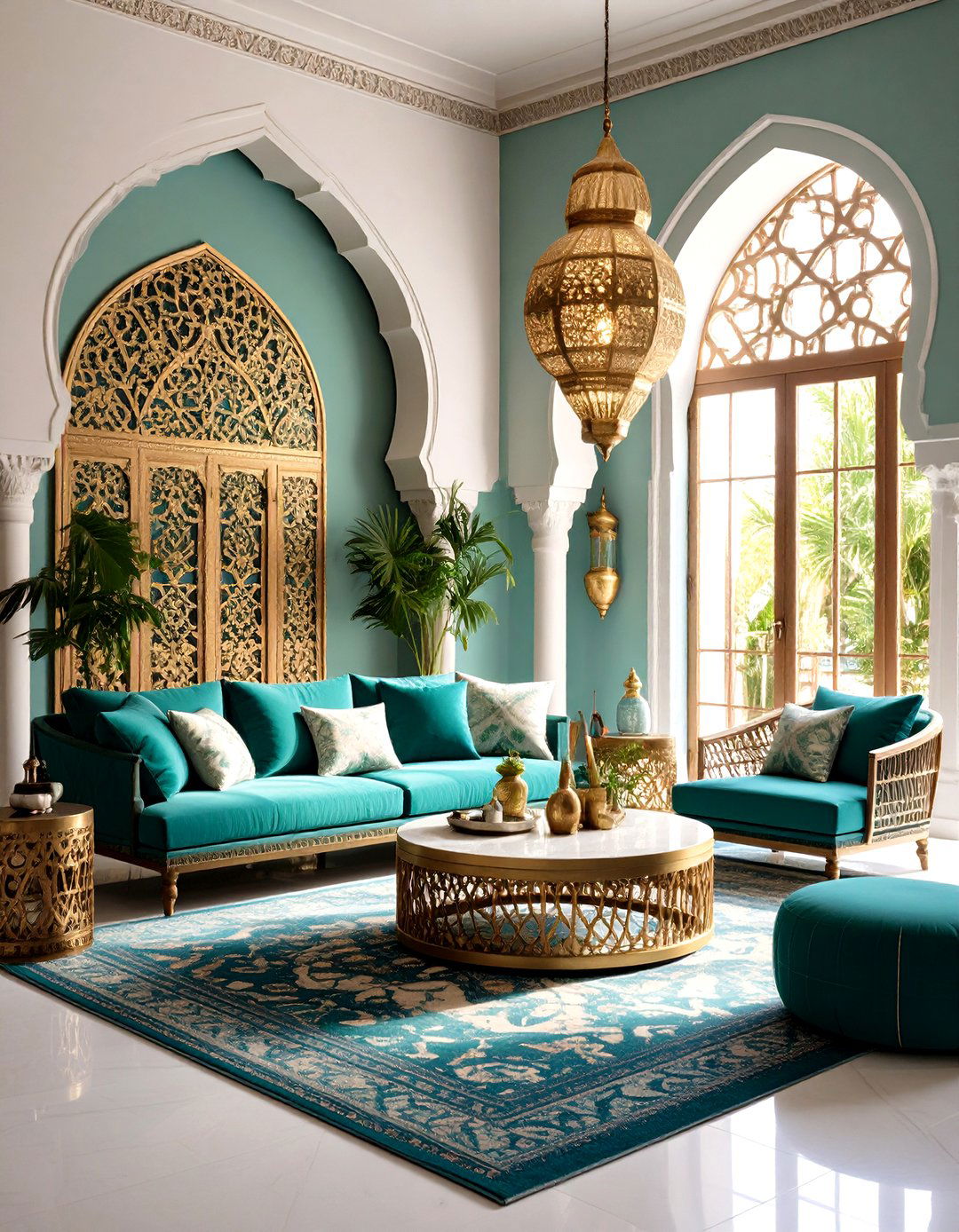
Drawing from North African influences, this Mediterranean interior design theme creates exotic, jewel-toned spaces that celebrate bold colors, strong geometry, luxurious textures and even more luxurious materials. The design features intricate geometric patterns, rich textiles in emerald, sapphire, and gold, and dramatic architectural elements like pointed arches and carved screens. Inlays with geometric or floral patterns are popular in Mediterranean bathrooms, echoing traditional Moroccan or Spanish styles, extending this ornate aesthetic throughout the home. Furniture includes low seating areas with plush cushions, ornately carved wooden pieces, and metal lanterns that cast enchanting shadows. Textured walls using tadelakt—a traditional Moroccan lime plaster create depth and authenticity, while colorful mosaic tiles and rich carpets add layers of pattern and warmth to create an opulent, mysterious atmosphere.
5. Modern Minimalist Mediterranean Interior Design
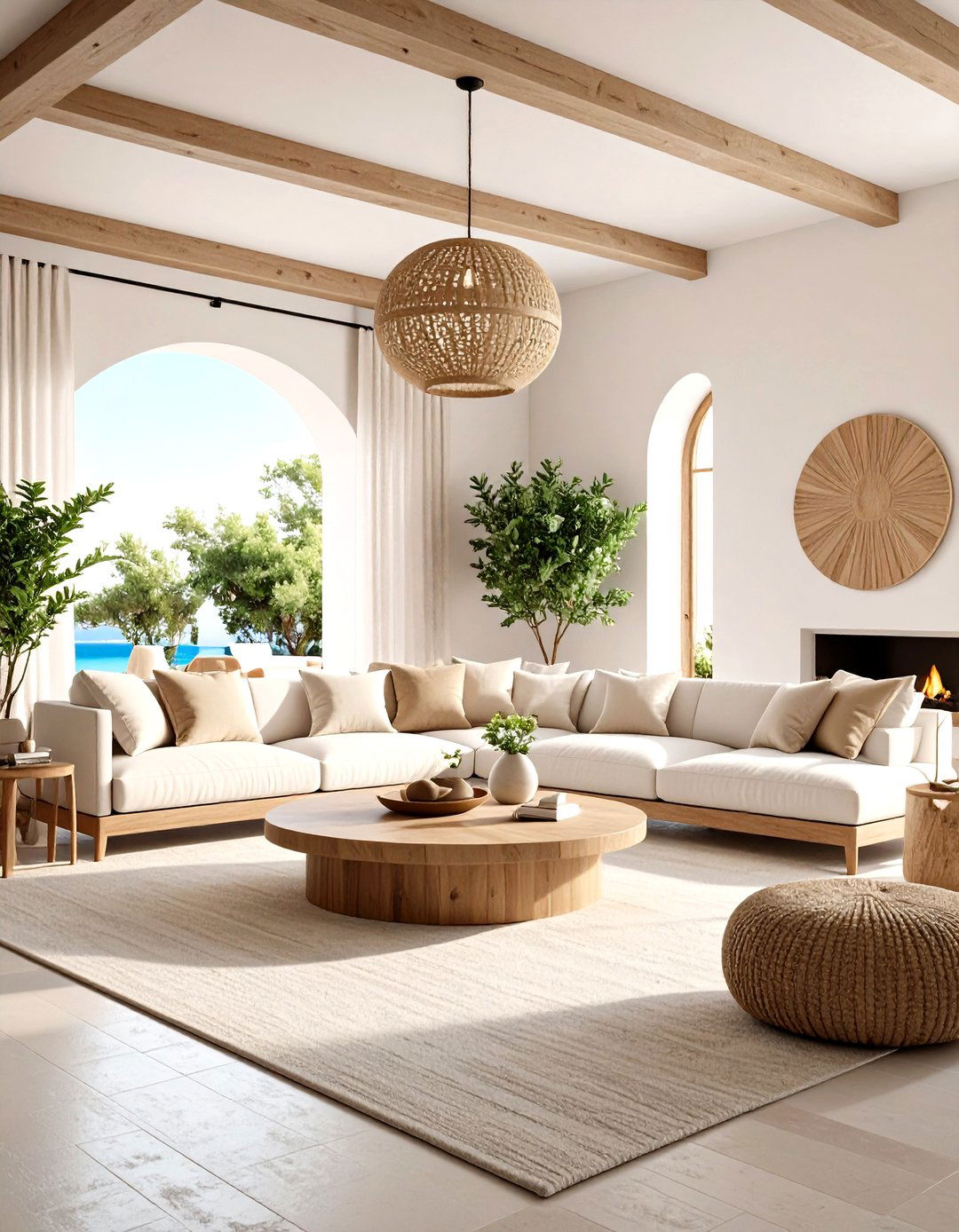
This contemporary interpretation of Mediterranean style embraces a minimalist appeal that is both timeless and alluring, focusing on clean lines and uncluttered spaces. The design philosophy centers on less is more, whereas a restrained aesthetic creates a sense of calmness and tranquility. Natural materials like limestone, oak, and linen provide warmth without overwhelming the space, while a neutral color palette of whites, beiges, and soft grays creates serenity. Raw finishes play a vital role in creating an authentic, natural, and unpretentious design aesthetic, showcasing the beauty of natural materials. Furniture features simple, geometric forms with organic curves, while strategic lighting highlights architectural elements and creates dramatic shadows. This approach proves that Mediterranean design can be both sophisticated and understated, perfect for modern lifestyles.
6. Coastal Mediterranean Interior Design Living Spaces
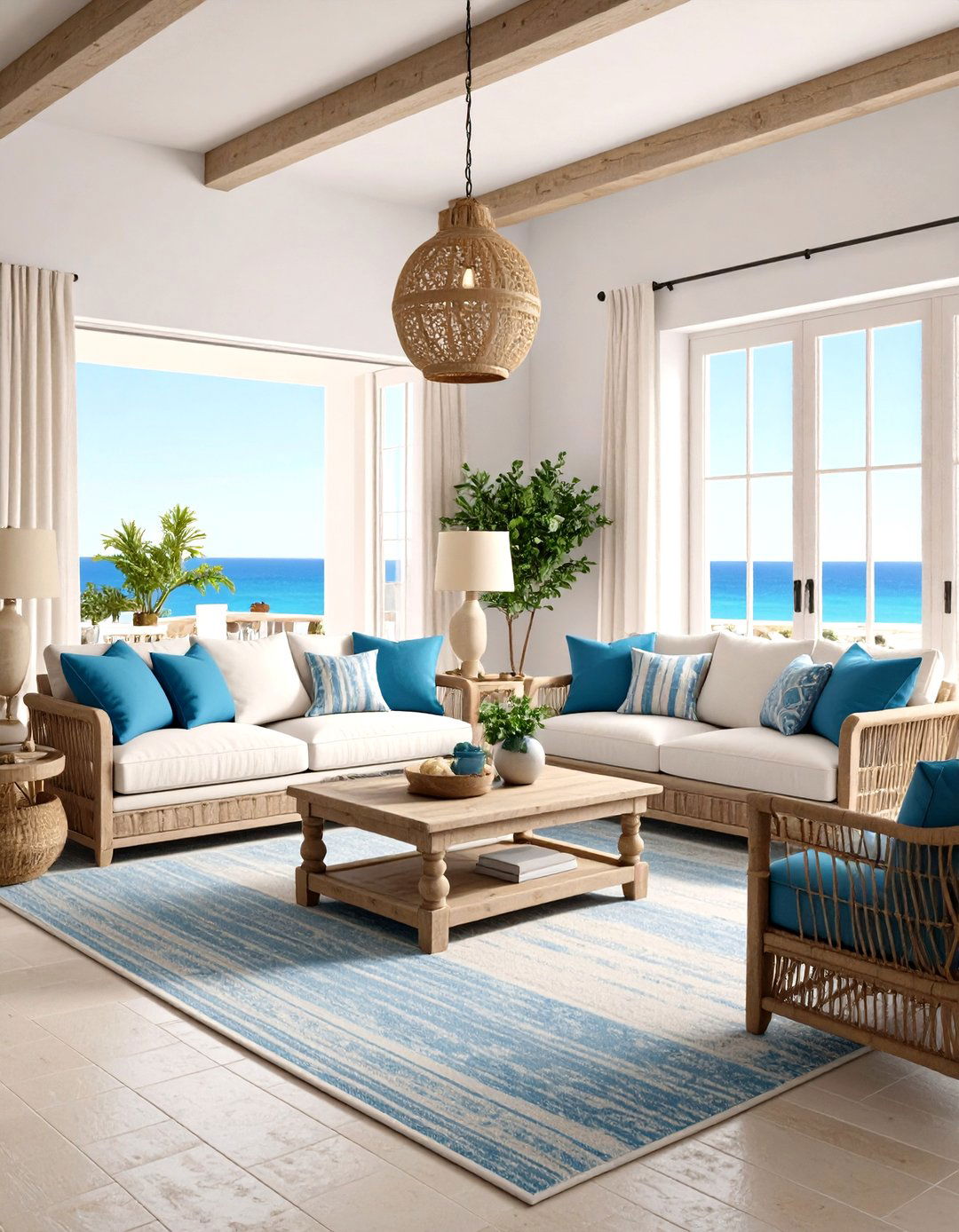
Celebrating the Mediterranean's maritime heritage, this design theme creates living rooms that capture the seamless connection between indoor and outdoor spaces. The color palette draws inspiration from seaside elements, featuring sandy beiges, ocean blues, and crisp whites that evoke coastal tranquility. Natural stone flooring. Materials such as terracotta tiles, travertine, or limestone are popular choices, providing durability and authentic Mediterranean character. Furniture emphasizes comfort with linen-upholstered sofas, weathered wood coffee tables, and woven rattan accents that speak to seaside living. French doors, large windows, balconies, and terraces help to blur the lines between the interior and exterior, creating seamless transitions to outdoor spaces. Nautical accessories, potted olive trees, and flowing curtains complete this breezy, sophisticated aesthetic that brings the Mediterranean coast indoors.
7. Terracotta-Focused Mediterranean Interior Design

Centering on the signature material of Mediterranean design, this theme celebrates terracotta's warm, earthy appeal throughout the home. The design builds upon terracotta tiles, wrought iron fixtures, and exposed wooden beams provide a warm, inviting atmosphere, creating cohesive spaces that feel grounded and authentic. Walls feature warm plaster finishes that complement terracotta flooring, while furniture in natural wood tones and wrought iron creates perfect harmony. Incorporate terracotta tiles for your floors, rustic wood for your furniture, and wrought iron accents to capture the essence of the Mediterranean. Decorative elements include terracotta pottery, ceramic vessels, and earthenware planters that showcase the material's versatility. This design approach proves that a single material can create rich, varied spaces when used thoughtfully throughout different applications, from structural elements to decorative accents.
8. Arch-Centric Mediterranean Interior Design
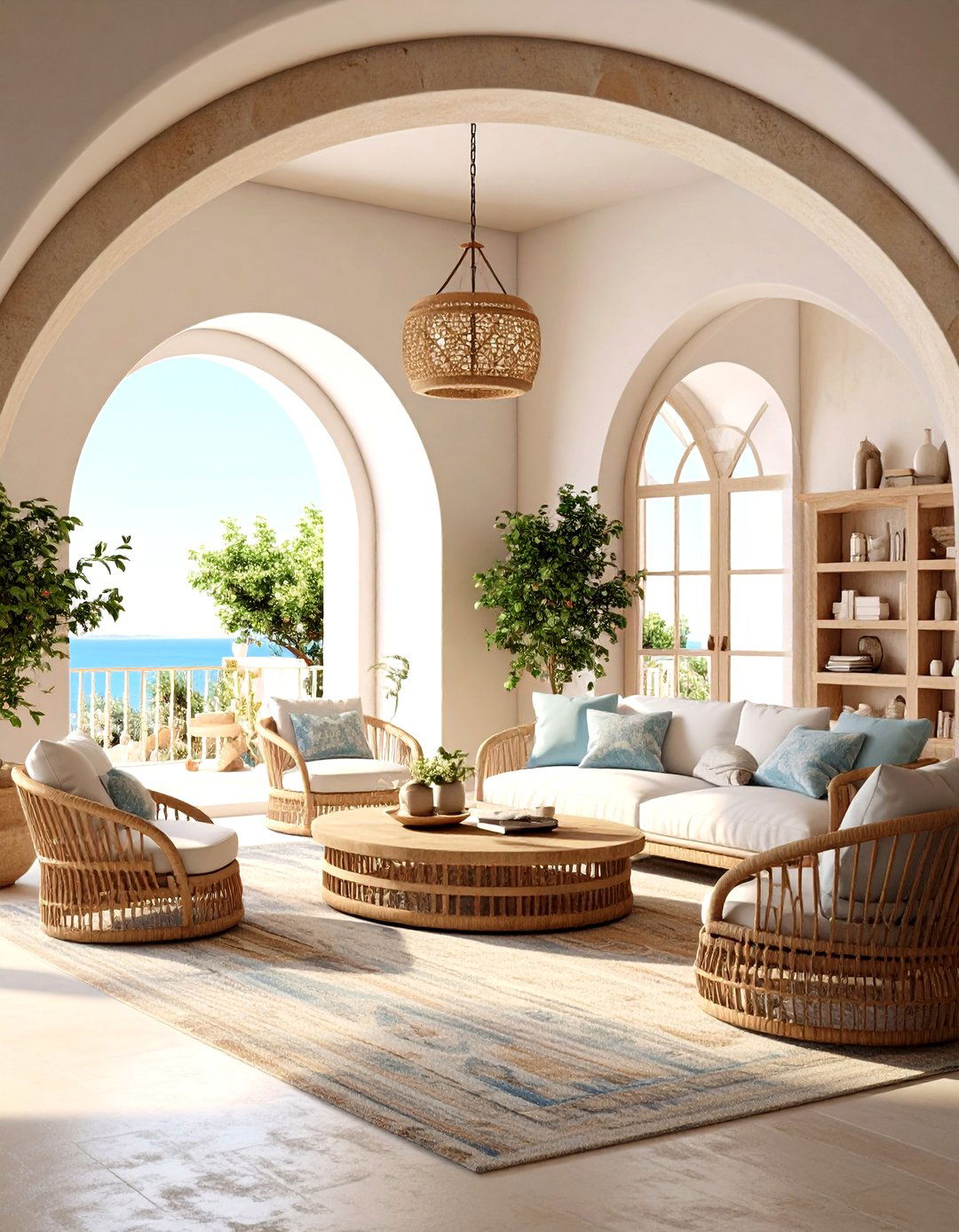
This architectural approach celebrates the Mediterranean's signature curved elements, creating spaces defined by graceful arches and flowing forms. The arch is a trademark architectural element of the Mediterranean design. Inspired by Roman architecture, this elevated curved structure is used as entryways, windows, doors, door frames, and aesthetic components. The design features multiple archways that create natural transitions between spaces, while maintaining visual continuity throughout the home. Arches are welcoming and authentic to the characteristics of a Mediterranean style, establishing the foundation for this elegant aesthetic. Interior elements include arched doorways, curved furniture pieces, and rounded decorative objects that echo the architectural theme. Natural materials like stone and plaster emphasize the organic nature of these curves, while strategic lighting accentuates the dramatic shadows created by arched elements, resulting in spaces that feel both grand and intimate.
9. Textured Wall Mediterranean Interior Design

This design approach focuses on creating tactile, visually rich surfaces that embody Mediterranean authenticity. Tactile appeal plays a significant role in creating a warm, lived-in space — a pertinent part of Mediterranean design, which is rooted in history. The technique involves weathered woods, stonework and painted-over finishes, creating surfaces with character and depth. Layers of paint and glaze are often hand-rubbed onto plaster or sand-textured walls to add visual depth, resulting in walls that tell stories of time and craftsmanship. Color choices include warm neutrals, earthy ochres, and muted terracottas that enhance the textural qualities. These surfaces serve as perfect backdrops for simple furniture and minimal accessories, allowing the wall treatments to become the primary design feature. This approach creates intimate, cozy spaces that feel historically authentic while remaining thoroughly comfortable for modern living.
10. Indoor-Outdoor Mediterranean Interior Design
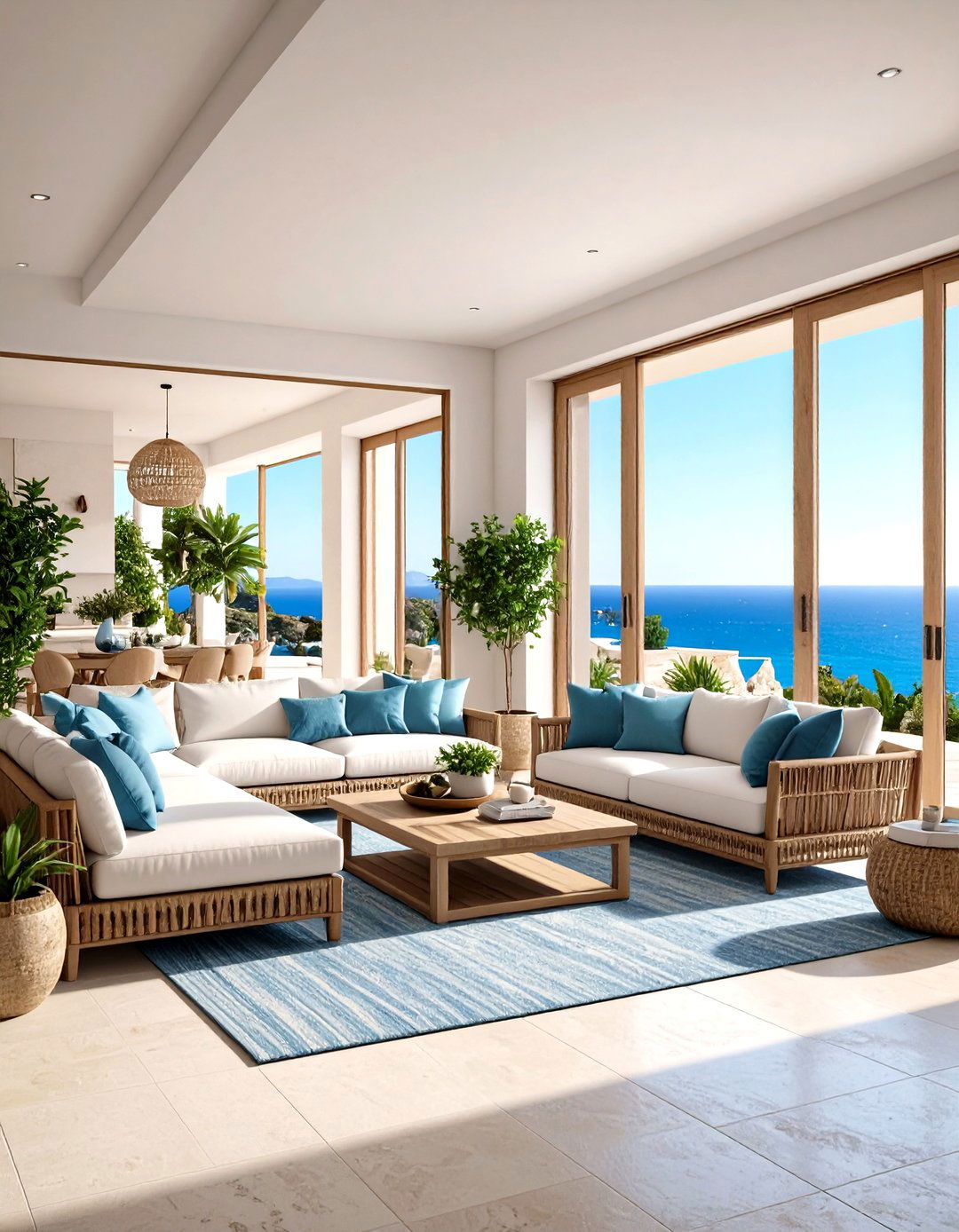
This design philosophy celebrates the Mediterranean lifestyle's emphasis on seamless transitions between interior and exterior spaces. Modern Mediterranean house interiors seamlessly transition from interior to exterior, bringing the outdoors indoors, creating flowing, connected environments. The design features Stacked glass doors are ideal for an easy connection between the home, a beautiful patio, and the landscape, maximizing natural light and cross-ventilation. The indoor-outdoor living concept blends the beautiful outdoors with the indoors and creates pockets of multifunctional spaces, extending living areas beyond traditional boundaries. Furniture choices include weather-resistant materials that work equally well inside and out, while consistent flooring materials create visual continuity. Potted plants, outdoor fabrics, and natural stone elements help blur the lines between spaces. This approach creates homes that feel expansive and connected to nature, embodying the Mediterranean appreciation for outdoor living and natural beauty.
11. Ceramic Tile-Focused Mediterranean Interior Design

This design theme celebrates the artistic tradition of Mediterranean ceramics, creating spaces rich in pattern and color. One of the signature features of Mediterranean design is the use of vibrant, intricately patterned tiles, which serve as both functional and decorative elements. The design incorporates mosaic backsplashes in kitchens to decorative tiles in bathrooms, creating visual interest throughout the home. Traditional patterns often draw from Moorish, Spanish, or Italian influences, providing authentic cultural connections. Color palettes range from classic blue and white combinations to rich, jewel-toned mosaics that create dramatic focal points. Applications include decorative backsplashes, accent walls, stair risers, and bathroom surrounds that showcase the tiles' artisanal qualities. This approach transforms functional surfaces into artistic statements, celebrating the Mediterranean's rich ceramic traditions while creating spaces that feel both historic and vibrantly contemporary.
12. Wrought Iron Mediterranean Interior Design
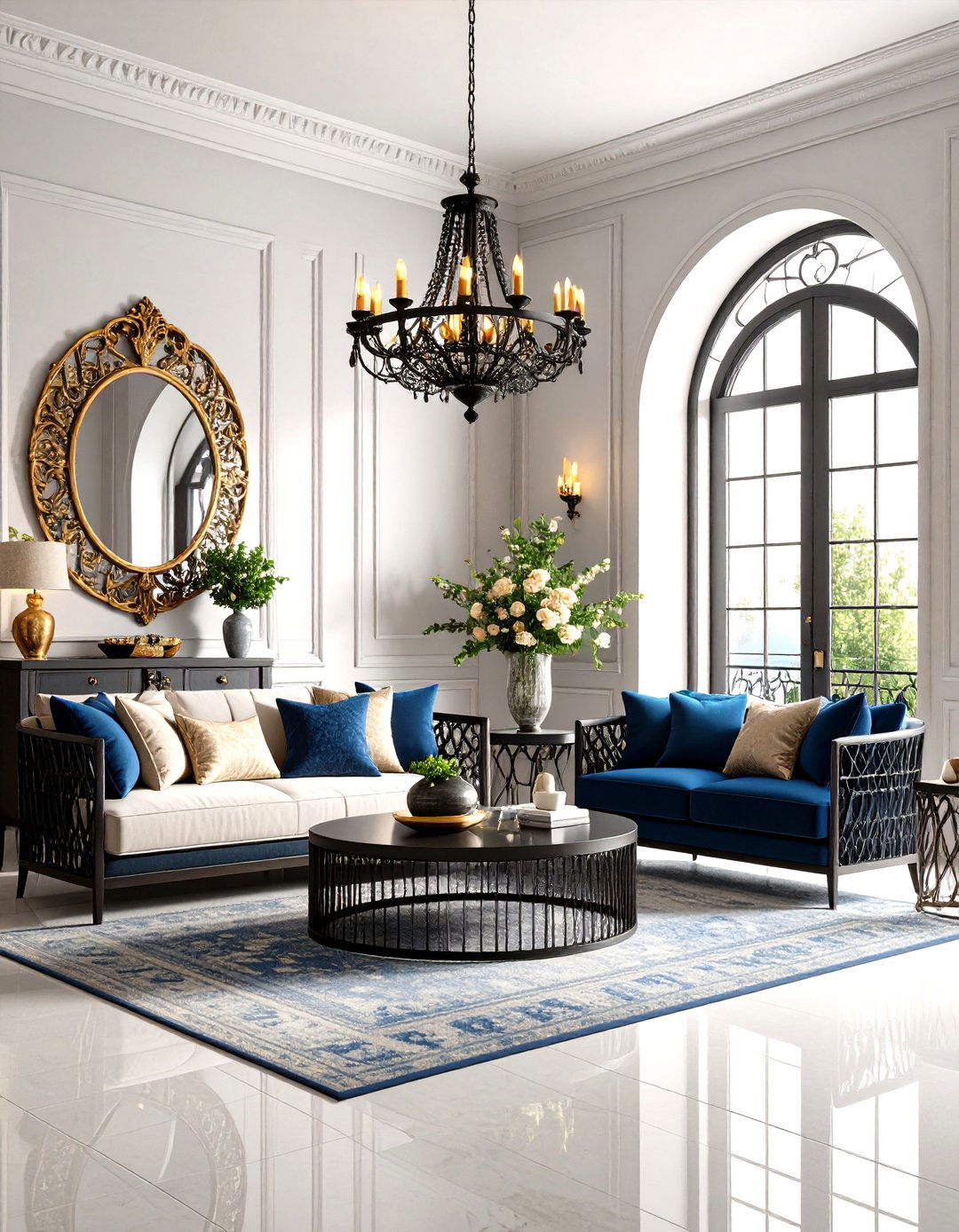
This metalwork-focused theme celebrates the craftsmanship and durability of traditional Mediterranean ironwork. Wrought iron is a classic Mediterranean material that adds a touch of elegance and sophistication to the living room, providing both functional and decorative elements. It can be incorporated through lighting fixtures, curtain rods, or even decorative accessories such as candle holders or picture frames. The design features hand-forged elements including chandeliers, window grilles, stair railings, and furniture frames that showcase the metal's versatility. The intricate designs and black finish of wrought iron provide a striking contrast against the warm, earthy tones of the room, creating visual drama and authentic Mediterranean character. Furniture pieces include iron-framed mirrors, plant stands, and seating with metal accents that complement the overall aesthetic. This approach celebrates traditional craftsmanship while providing durable, timeless elements that age beautifully and develop patina over time.
13. Stone-Centered Mediterranean Interior Design
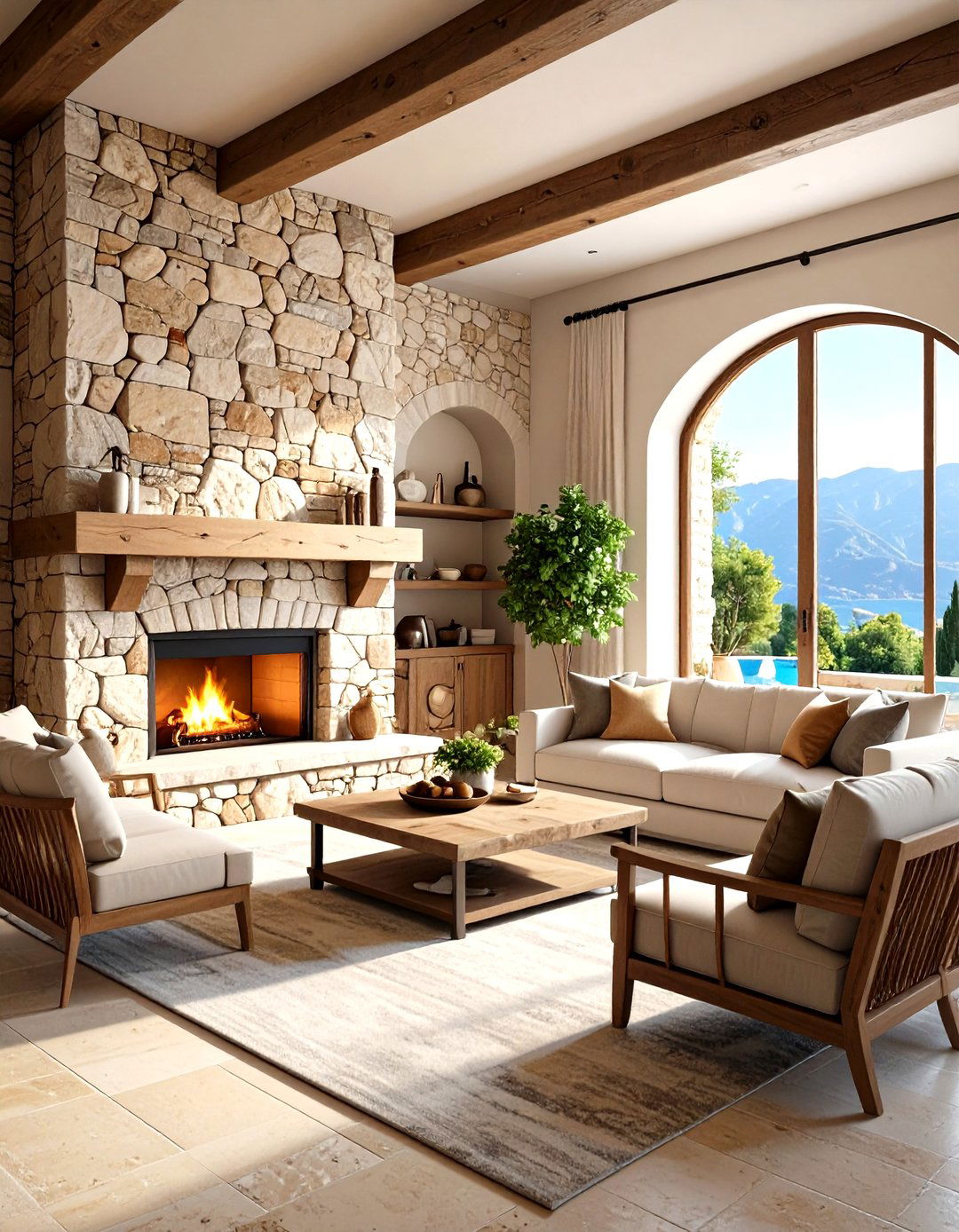
This design approach celebrates the Mediterranean's geological heritage through extensive use of natural stone materials. Stones are used in Mediterranean style houses and are most commonly used in the construction of fireplaces, creating dramatic focal points. Limestone or travertine is preferred for its beauty and longevity with a look that is classic and never out of date. The design incorporates stone walls, floors, and architectural elements that provide both structural integrity and aesthetic appeal. These materials not only add an impressive accent to the room but also create a warm atmosphere in the room, demonstrating stone's ability to be both grand and welcoming. Applications include fireplace surrounds, accent walls, flooring, and outdoor elements that connect interior spaces to their natural surroundings. This approach creates homes that feel solid, enduring, and connected to the Mediterranean's rocky coastlines and ancient building traditions.
14. Open Layout Mediterranean Interior Design
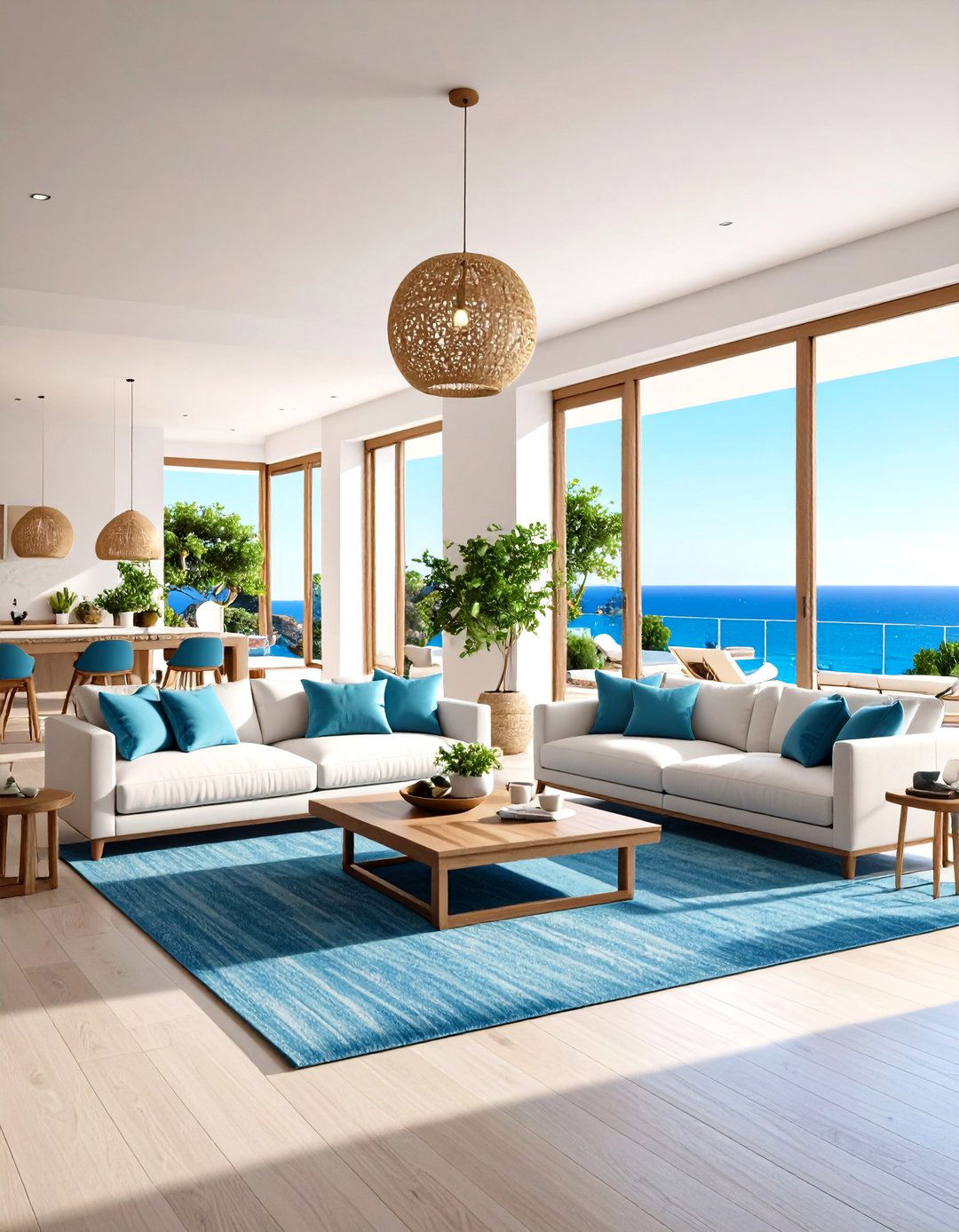
This spatial approach emphasizes the Mediterranean preference for flowing, connected living spaces. A hallmark of Mediterranean interior design is the open floor plan, which encourages a seamless flow between different areas of the home. The design features This layout promotes a relaxed and social environment, perfect for family gatherings and entertaining guests. Large windows and glass doors are also integral, allowing for an abundance of natural light, which enhances the bright and welcoming atmosphere. Furniture arrangement emphasizes conversation areas and flexible spaces that can adapt to different activities. Natural materials and consistent color palettes help unify the spaces while maintaining distinct functional zones. This approach creates homes that feel spacious and sociable, reflecting the Mediterranean culture's emphasis on family, community, and hospitality while maximizing natural light and airflow throughout the living environment.
15. Warm Color Palette Mediterranean Interior Design
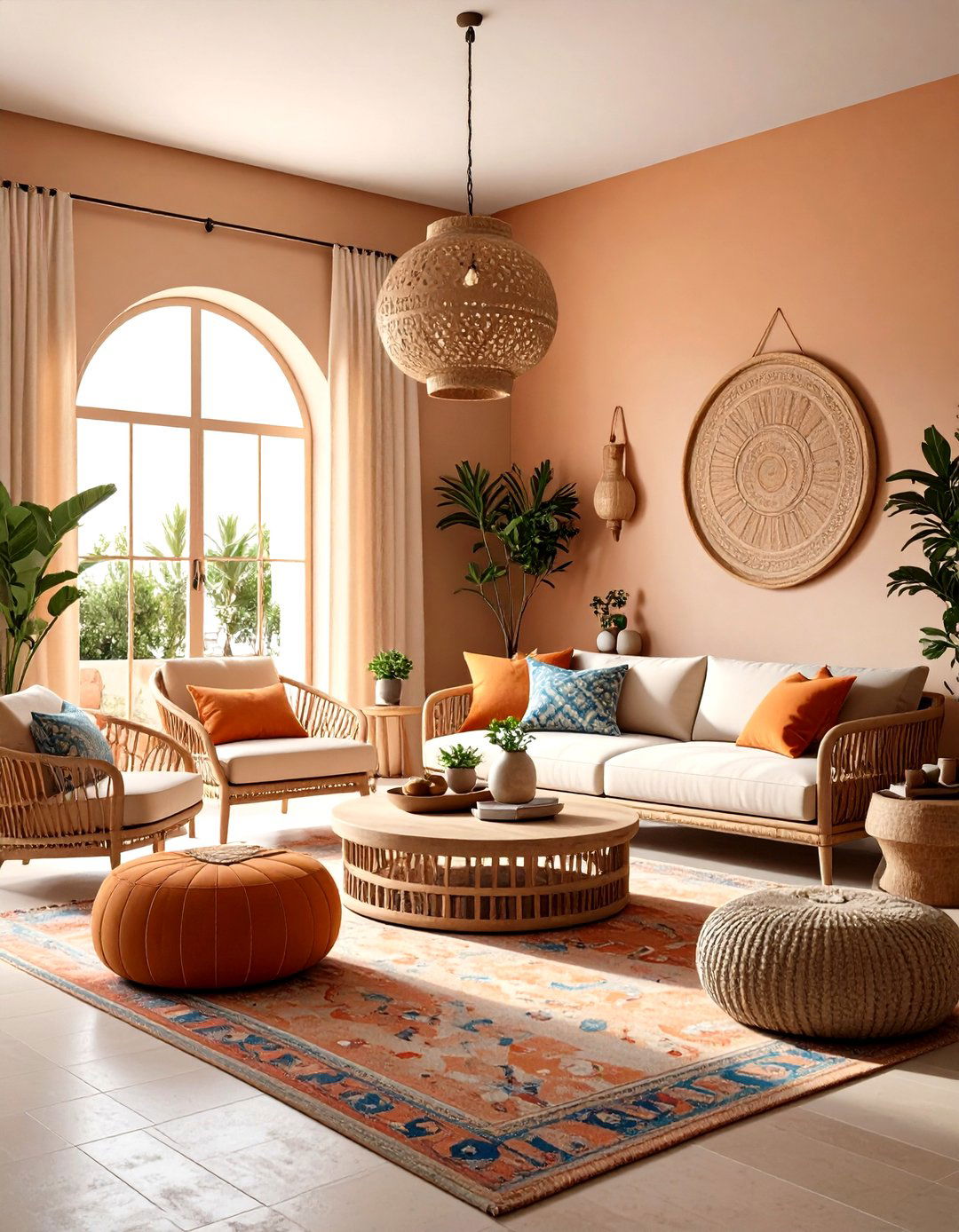
This design theme focuses on creating emotionally warming spaces through carefully chosen color combinations. Think warm terracotta, sandy beige, and sun-kissed ochre, infused with hints of olive green and deep azure blue. The palette draws inspiration from These colors evoke a sense of harmony with nature, creating a welcoming and cozy atmosphere. Warm neutrals like beige, cream, and taupe provide a soft, inviting backdrop. Accents of deep blues reflect the Mediterranean Sea, while olive greens bring in the lushness of olive groves. Color application includes painted walls, textile choices, and decorative accessories that layer these warming tones throughout the space. This approach creates environments that feel perpetually sun-kissed and inviting, reflecting the Mediterranean's reputation for warmth, hospitality, and natural beauty. The result is spaces that feel both energizing and calming, perfect for creating memorable gathering spaces.
16. Natural Material Mediterranean Interior Design

This design philosophy celebrates the Mediterranean's connection to nature through extensive use of organic materials. Embracing the beauty of natural materials is a cornerstone of Mediterranean style design, creating authentic, sustainable environments. The approach incorporates Natural materials like wood, stone, ceramic, and wrought iron are commonly used to bring an earthy, organic feel to the space. These materials add texture and warmth, making the environment feel grounded and welcoming. Applications include wooden ceiling beams, stone flooring, ceramic tiles, and iron hardware that work together harmoniously. From wooden beams and stone fireplaces to ceramic tiles and iron accents, these elements create a harmonious connection to nature. This approach creates timeless spaces that age beautifully, develop character over time, and maintain their connection to the Mediterranean's landscape and traditional building practices.
17. Mediterranean Interior Design Bedroom Retreat
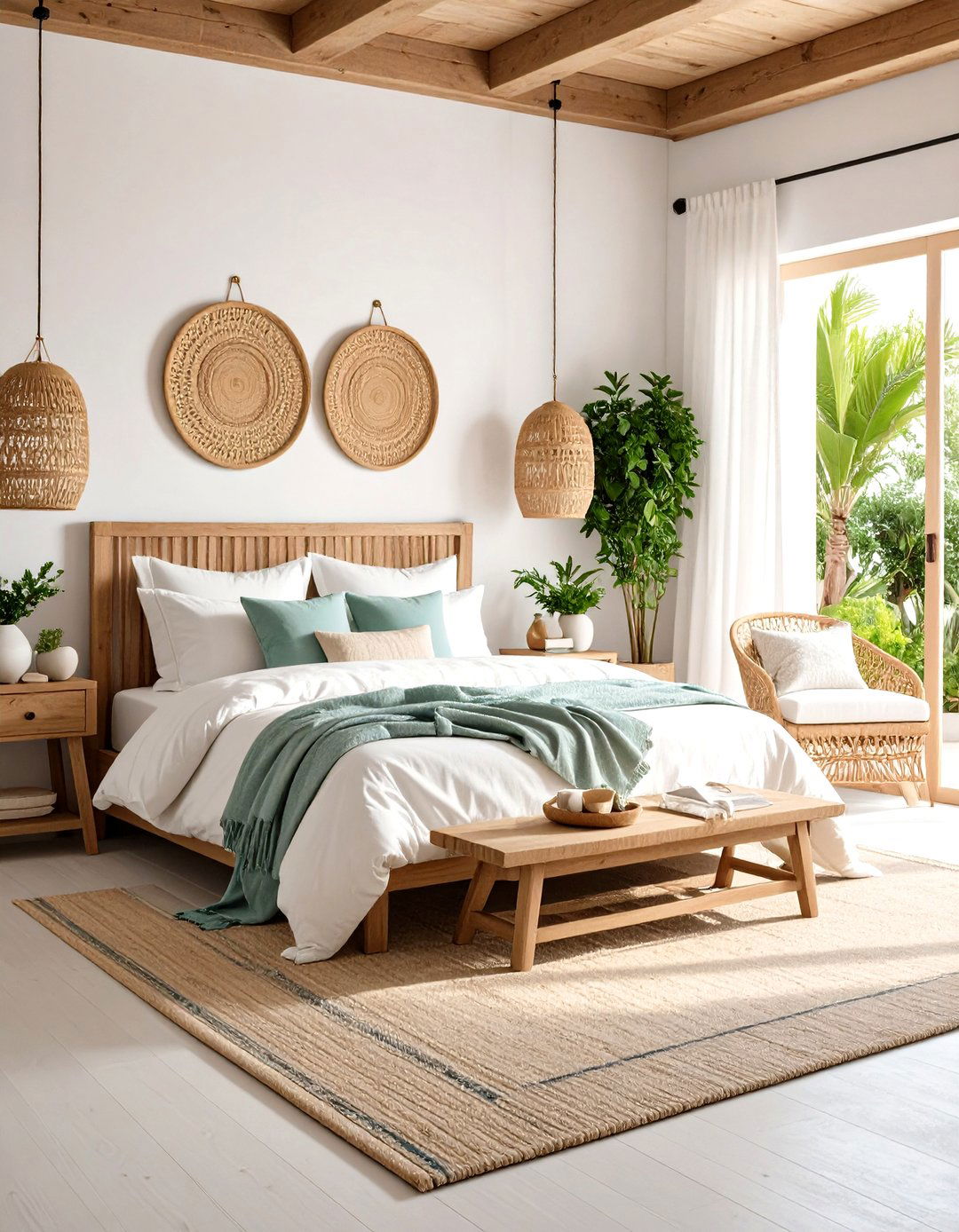
This intimate design approach creates peaceful, restorative bedroom spaces infused with Mediterranean charm. A modern Mediterranean-style bedroom makeover should convey a tranquil retreat that combines the historical charm of traditional design with sleek, contemporary elements. The design features Bring in the iconic hues of Mediterranean interior design – think a chalky white, ivory, stone, ochre, and terracotta color palette. You can also add accent hues that reflect different parts of the region. Cerulean blue, sage, and seafoam green, with splashes of yellow, red, and corral are perfect in scatter pillows and feature walls. Natural materials include linen bedding, wooden furniture, and ceramic accessories that create a serene atmosphere. This approach transforms bedrooms into personal sanctuaries that promote rest and relaxation while maintaining the Mediterranean's characteristic warmth and authenticity.
18. Kitchen-Focused Mediterranean Interior Design
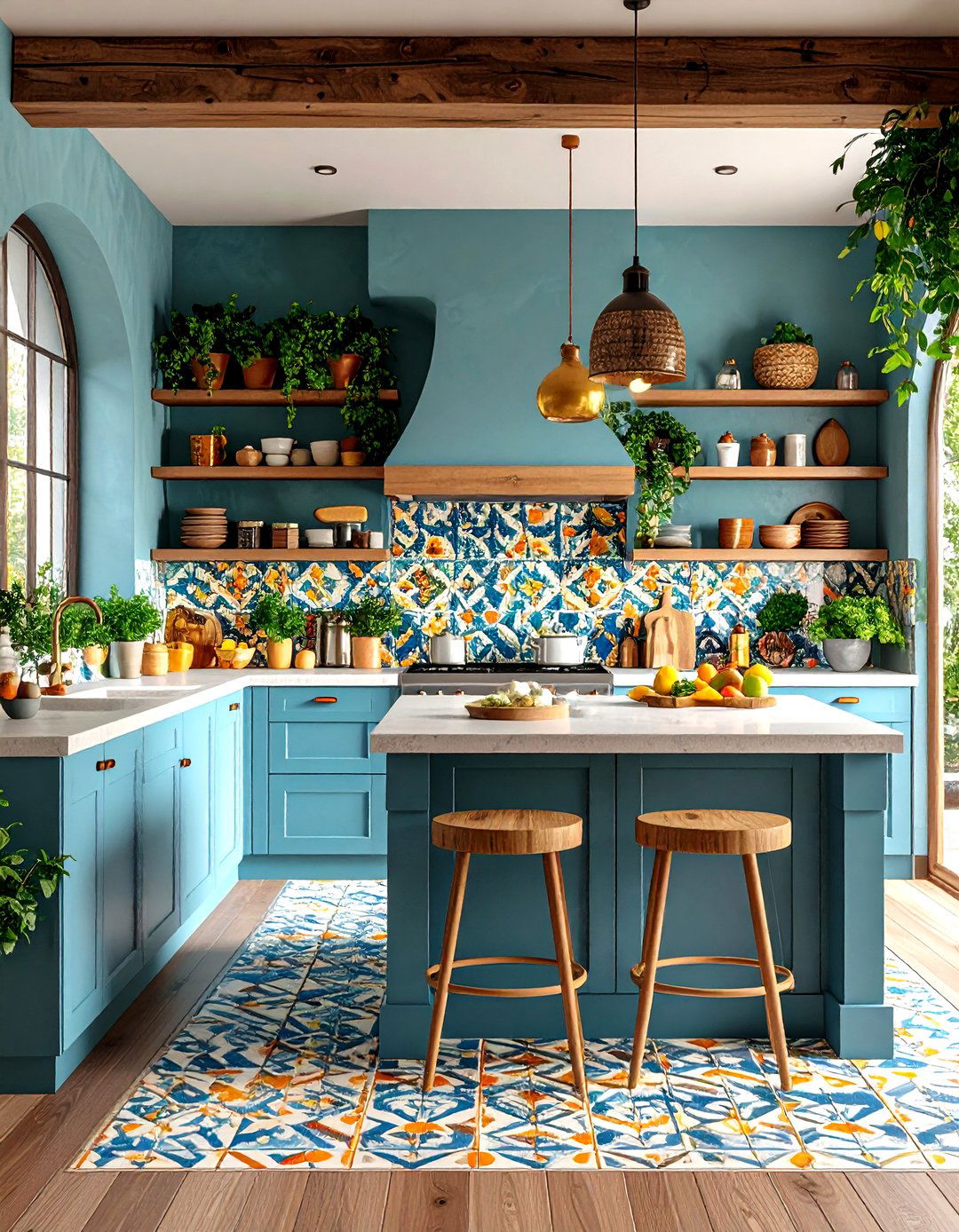
This culinary-centered approach creates kitchens that embody the Mediterranean's love for food, family, and gathering. Wide and long kitchens with a dedicated island and dining table are common in these styles. The design features Ceramic tiles that are decorated by hand and are characterized by their geometrical patterns and bright colors are often applied to the modern Mediterranean style interiors. These tiles are used in kitchens as backsplashes, creating both functional and decorative elements. Natural stone countertops, wooden cabinets, and open shelving display ceramics and cooking implements as decorative elements. Since the Mediterranean style was developed for people who love leisure, the design has given special attention to creating spaces that encourage lingering and conversation. This approach creates kitchens that serve as the heart of the home, combining functionality with Mediterranean warmth and style.
19. Bathroom Spa Mediterranean Interior Design
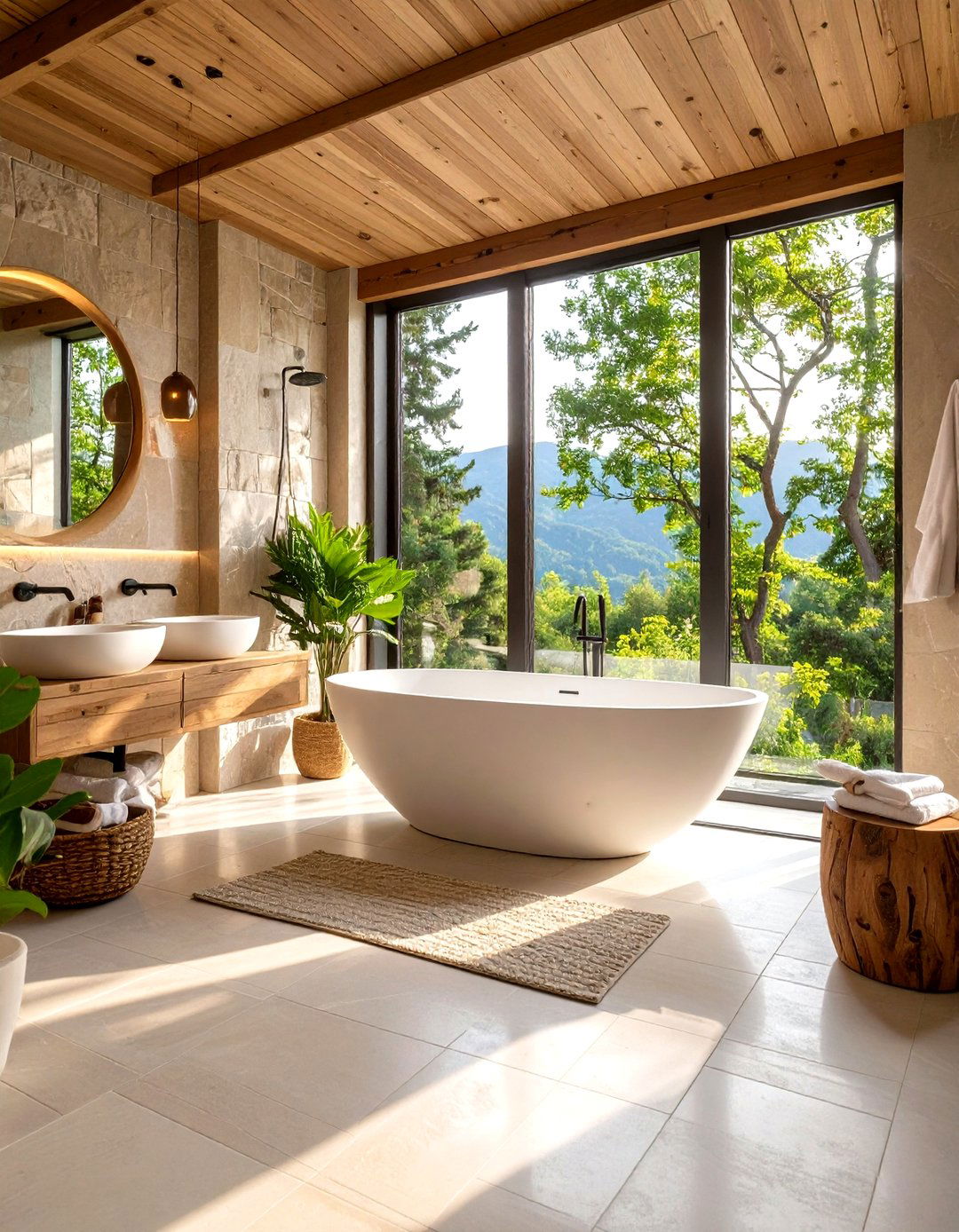
This wellness-focused approach transforms bathrooms into luxurious, spa-like retreats inspired by Mediterranean coastal resorts. Mediterranean bathroom designs are royal, unique yet simple, creating spaces that prioritize relaxation and rejuvenation. The design features Open bathrooms: Open showers and bathtubs are famous in all Mediterranean interior designs, emphasizing spaciousness and natural light. Bathrooms are a space to relax and unwind. Make sure your bathroom resonates with that. Use furniture to create a relaxing vibe. Materials include natural stone, ceramic tiles, and wooden accents that create a connection to nature. Features such as freestanding tubs, rainfall showers, and natural ventilation enhance the spa-like atmosphere. This approach creates bathrooms that feel like personal retreats, emphasizing the Mediterranean philosophy of taking time for self-care and relaxation.
20. Outdoor-Integrated Mediterranean Interior Design
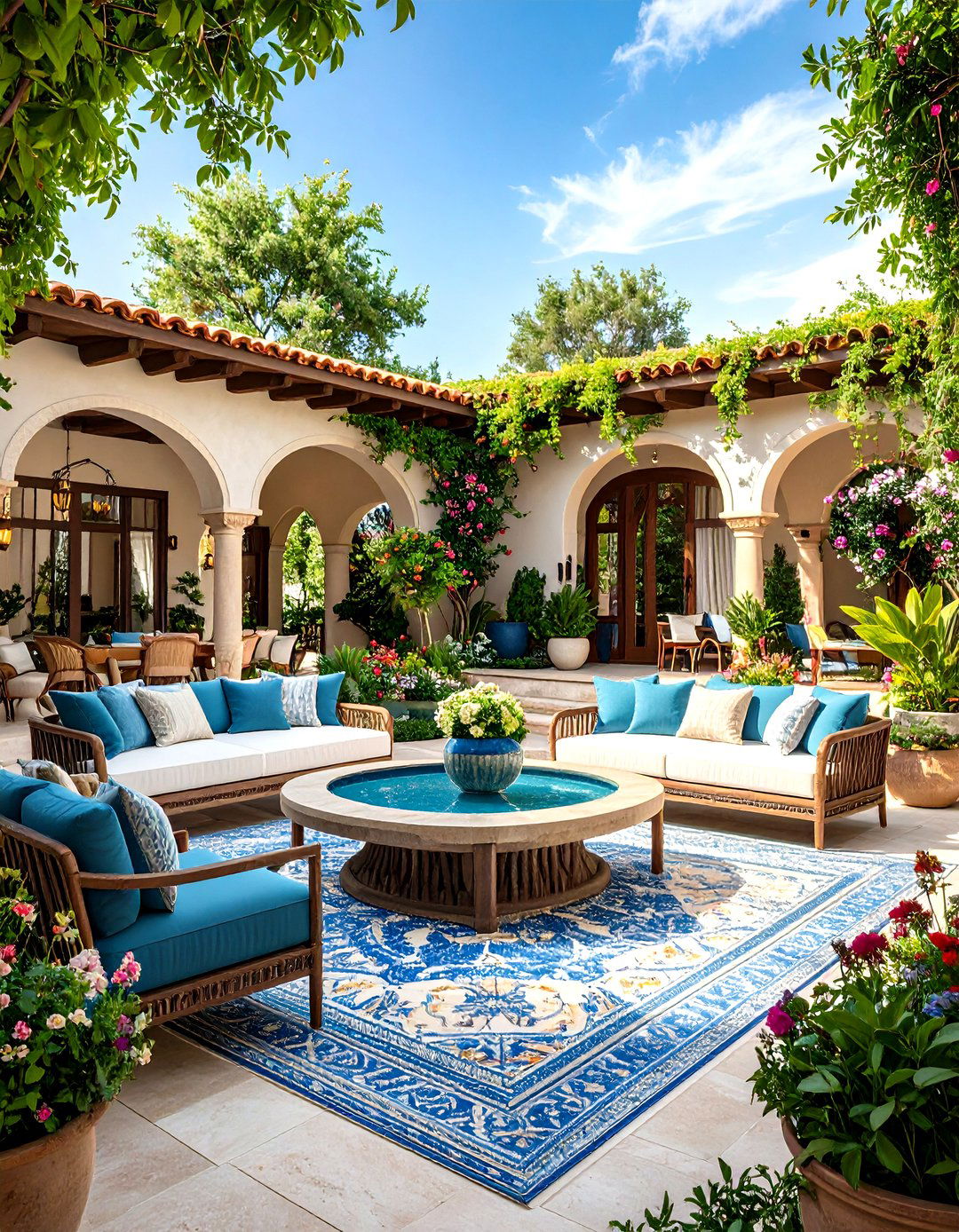
This comprehensive approach creates homes where outdoor living is seamlessly integrated with interior spaces. The Mediterranean lifestyle often extends beyond the interior, with a strong emphasis on outdoor living. The design features Courtyards, patios, and terraces are designed to be extensions of the indoor space, furnished with comfortable seating, lush plants, and decorative elements such as fountains and tiled mosaics. These outdoor areas are perfect for enjoying the warm climate and scenic views. Materials and furniture choices work equally well indoors and outdoors, while consistent design elements create visual continuity. Whether it is a patio, balcony, or terrace, there is a lot to experiment with, allowing for creative expression in outdoor spaces. This approach creates homes that truly embody the Mediterranean lifestyle, where the boundaries between inside and outside become beautifully blurred.
Conclusion:
Mediterranean interior design offers a timeless approach to creating warm, inviting homes that celebrate natural beauty and cultural heritage. From the rustic charm of Tuscan farmhouses to the coastal elegance of Greek islands, these design ideas demonstrate the style's remarkable versatility and enduring appeal. By incorporating natural materials, warm color palettes, and seamless indoor-outdoor connections, Mediterranean design creates spaces that feel both sophisticated and welcoming. Whether you choose to embrace a single regional influence or blend elements from across the Mediterranean, this design philosophy promotes relaxation, connection to nature, and the joy of gathering with family and friends in beautifully crafted spaces.


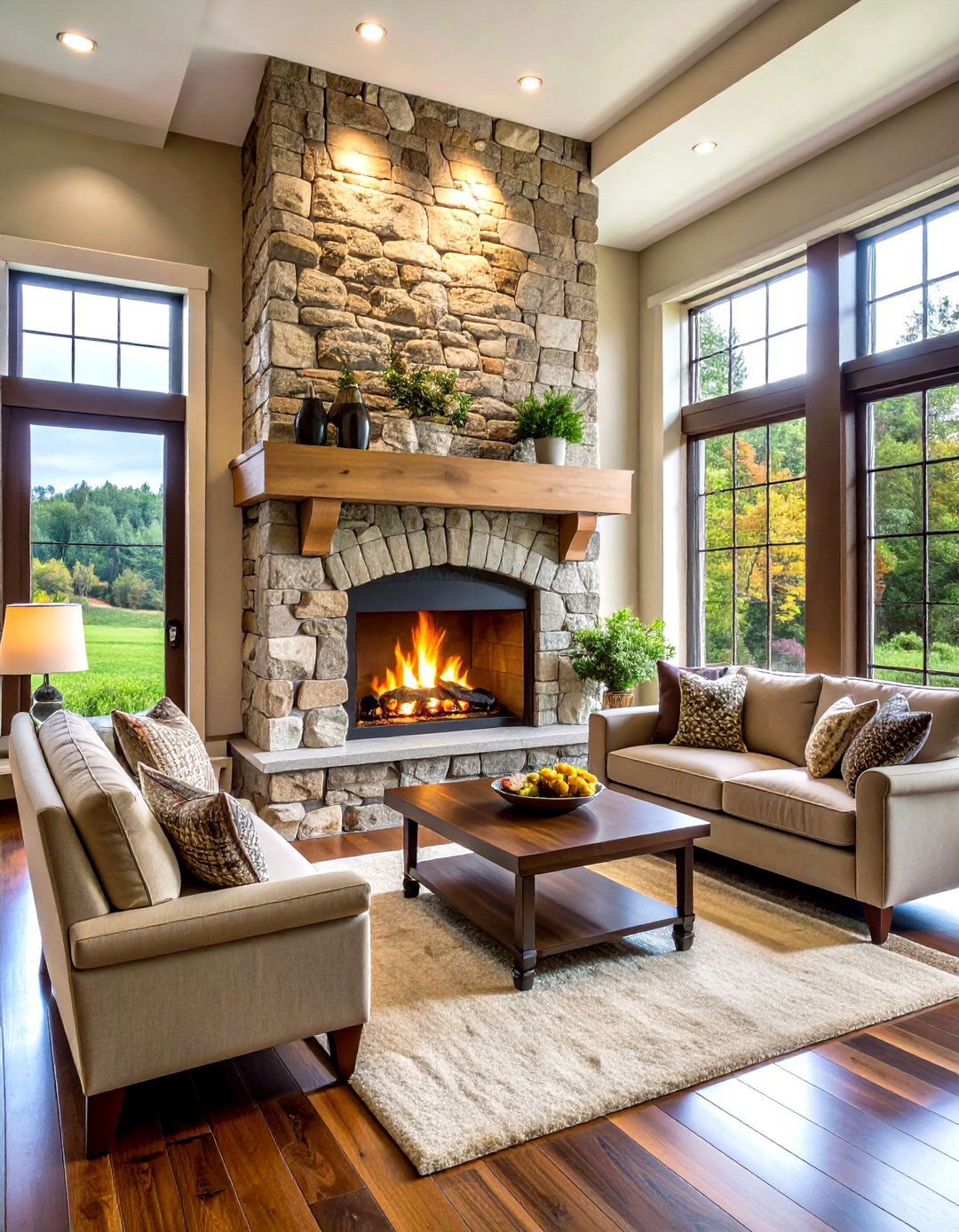
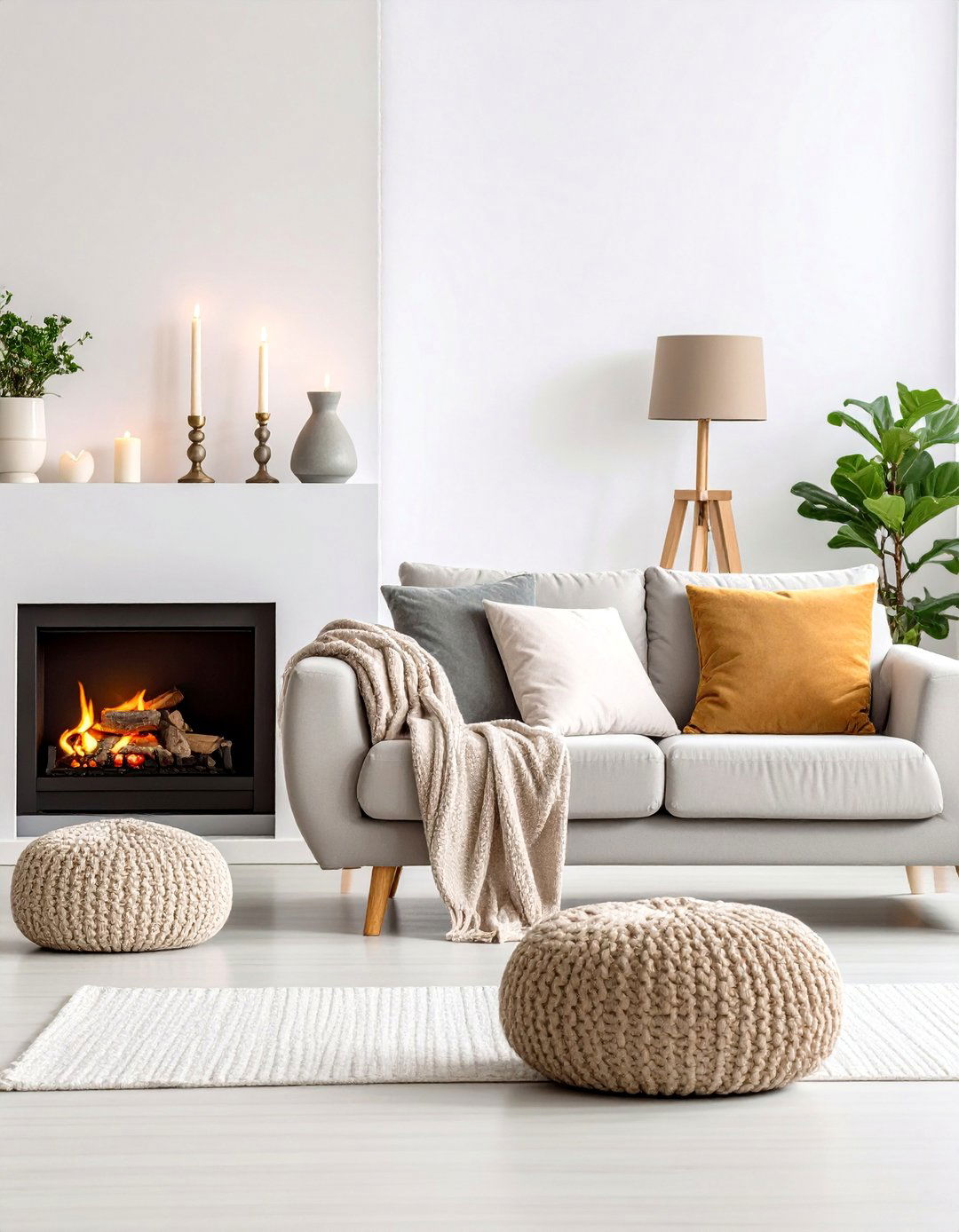

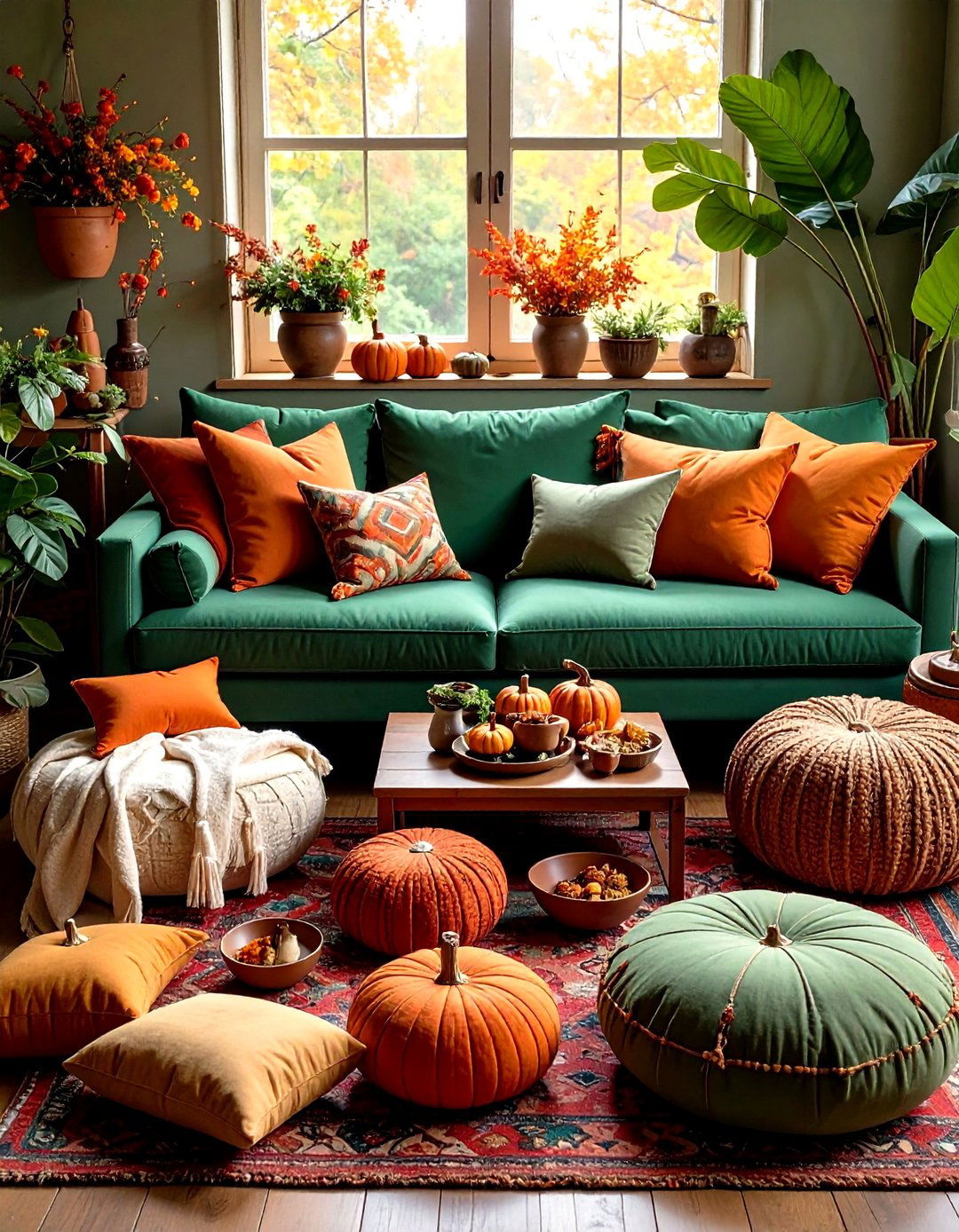

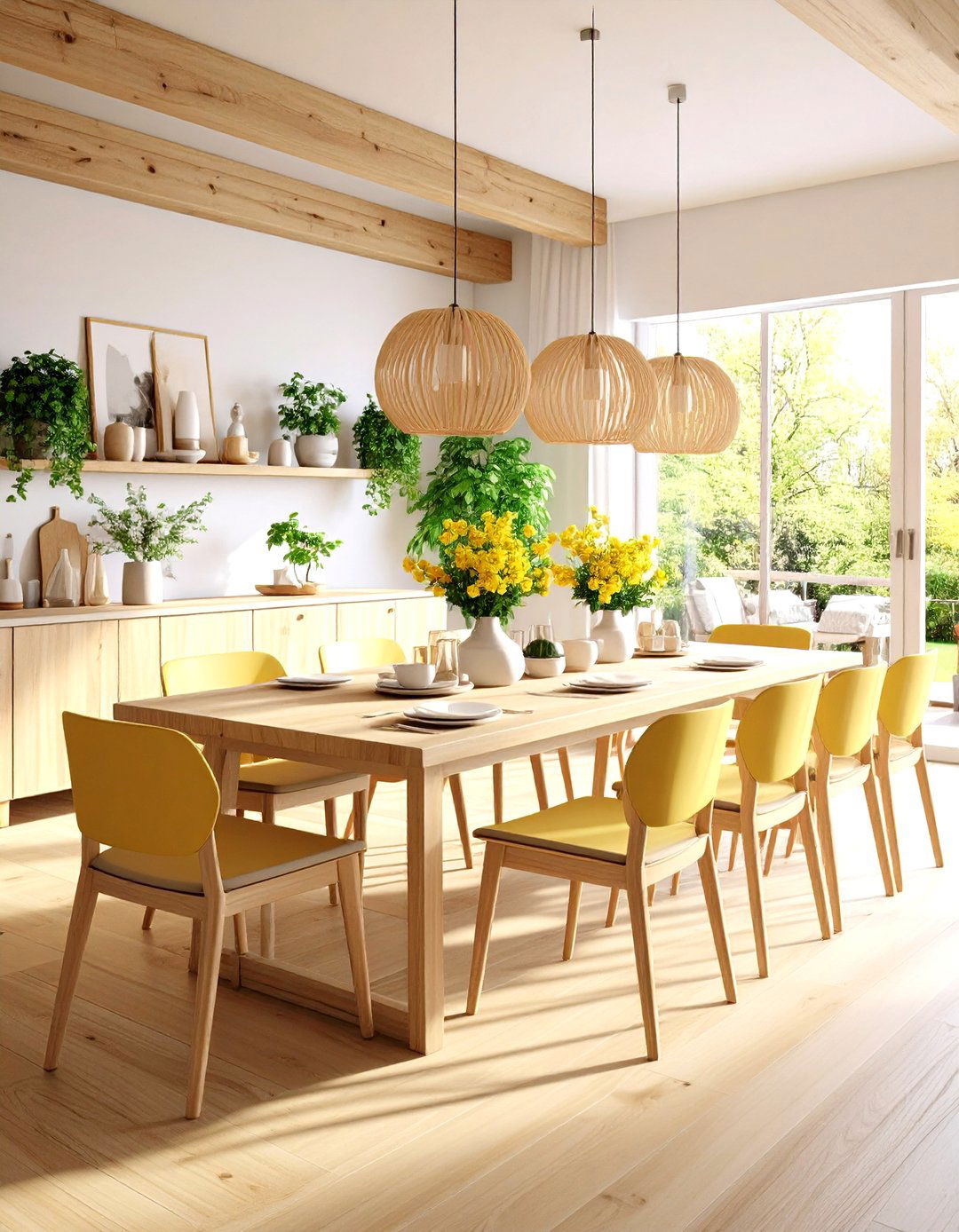
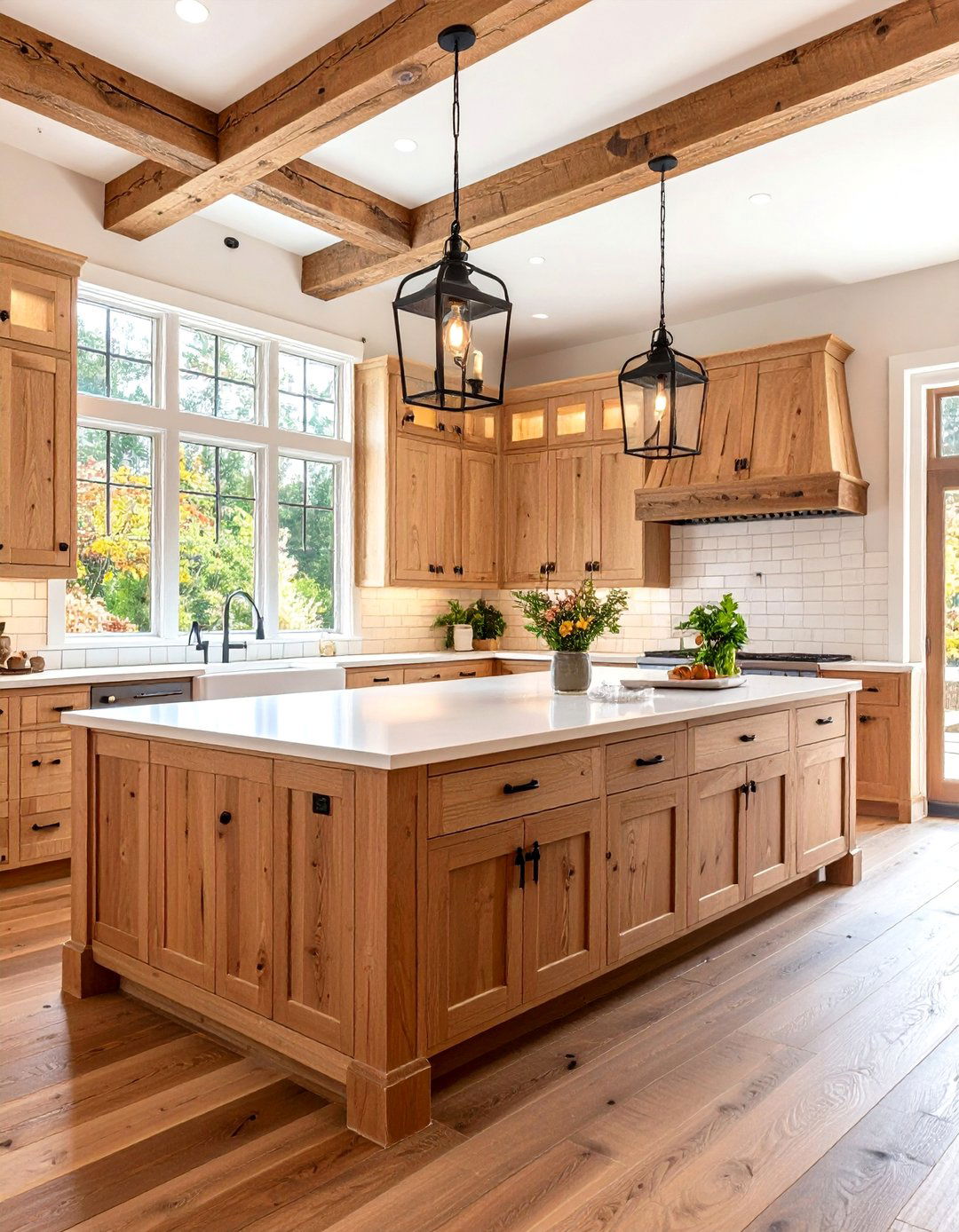
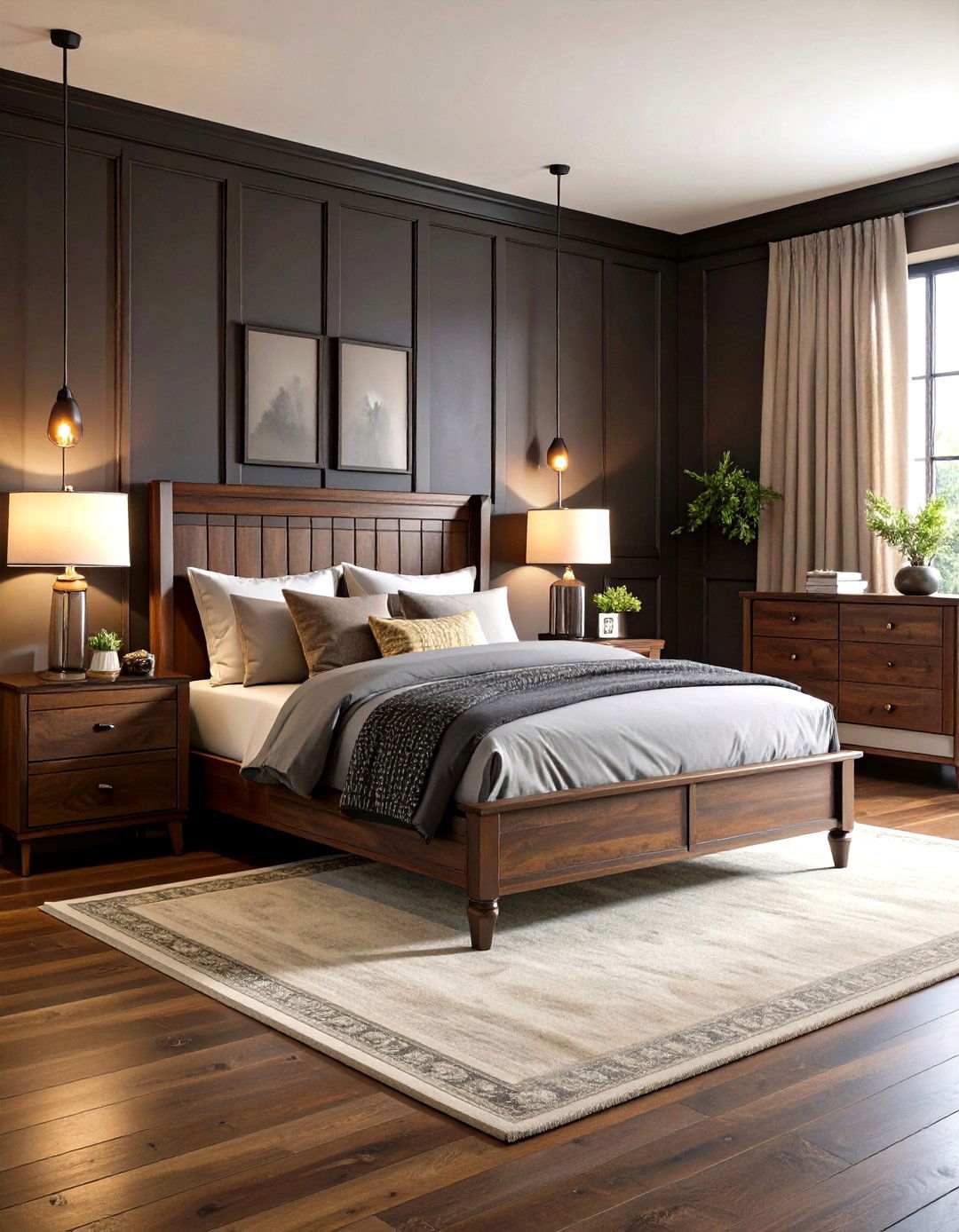
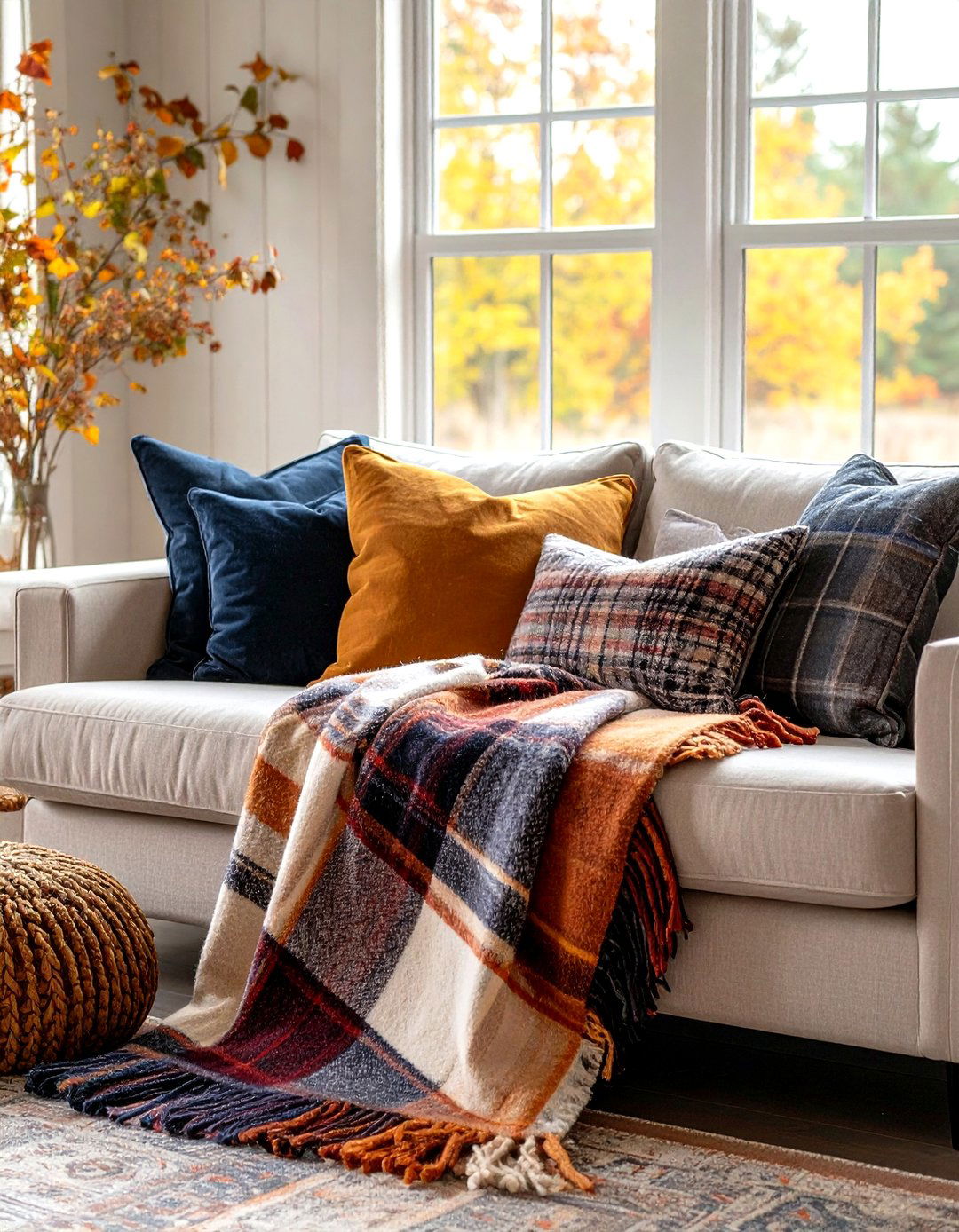

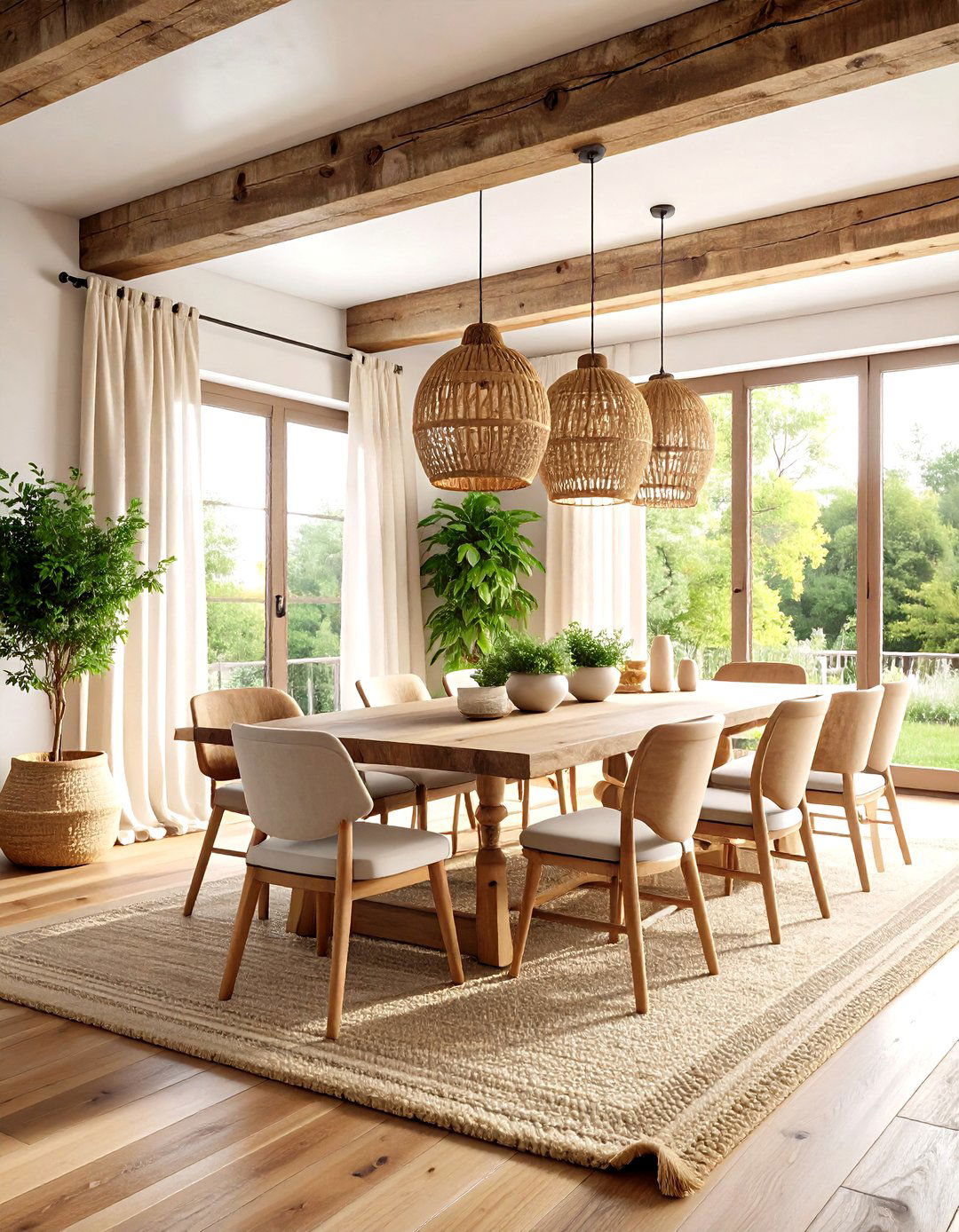
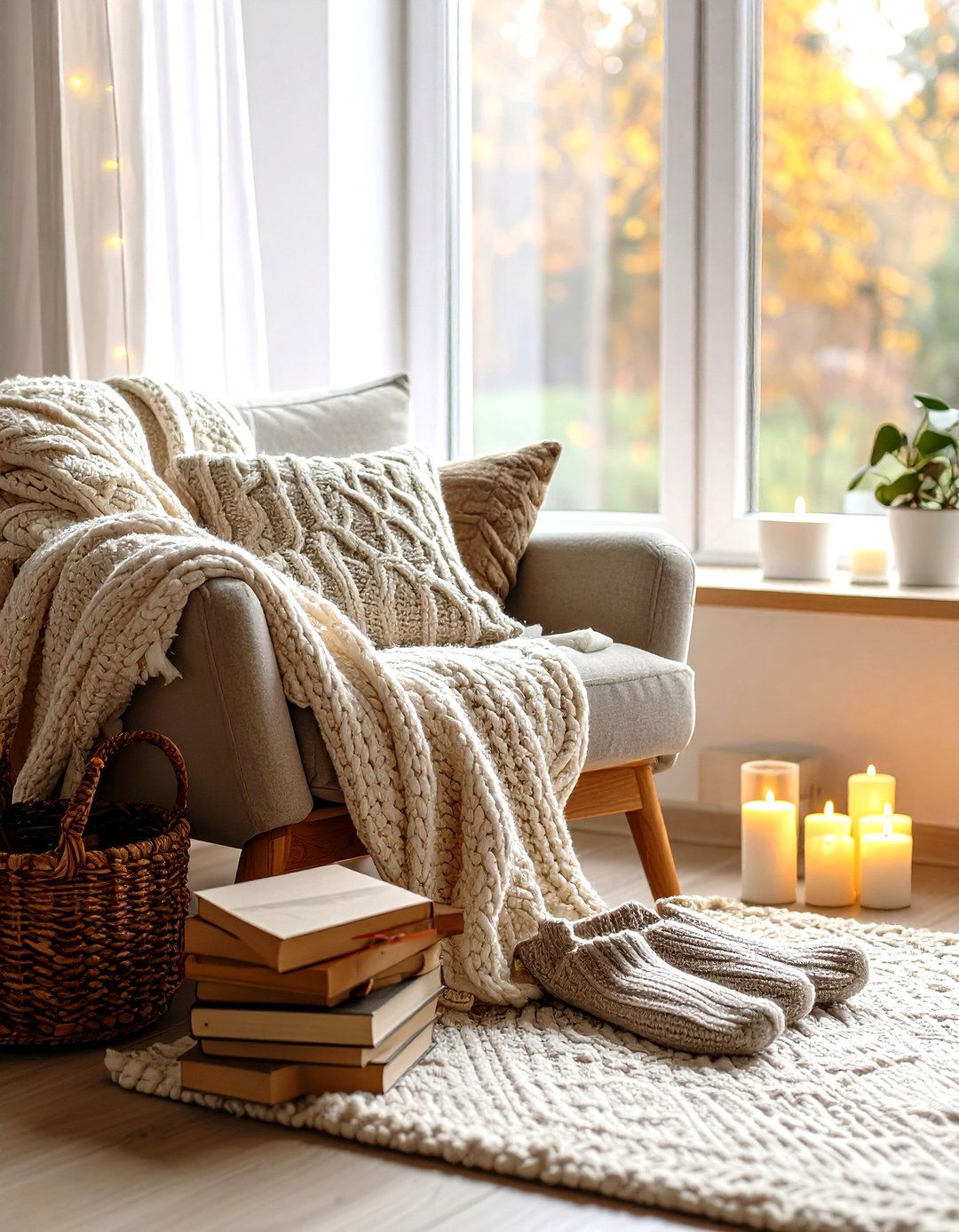
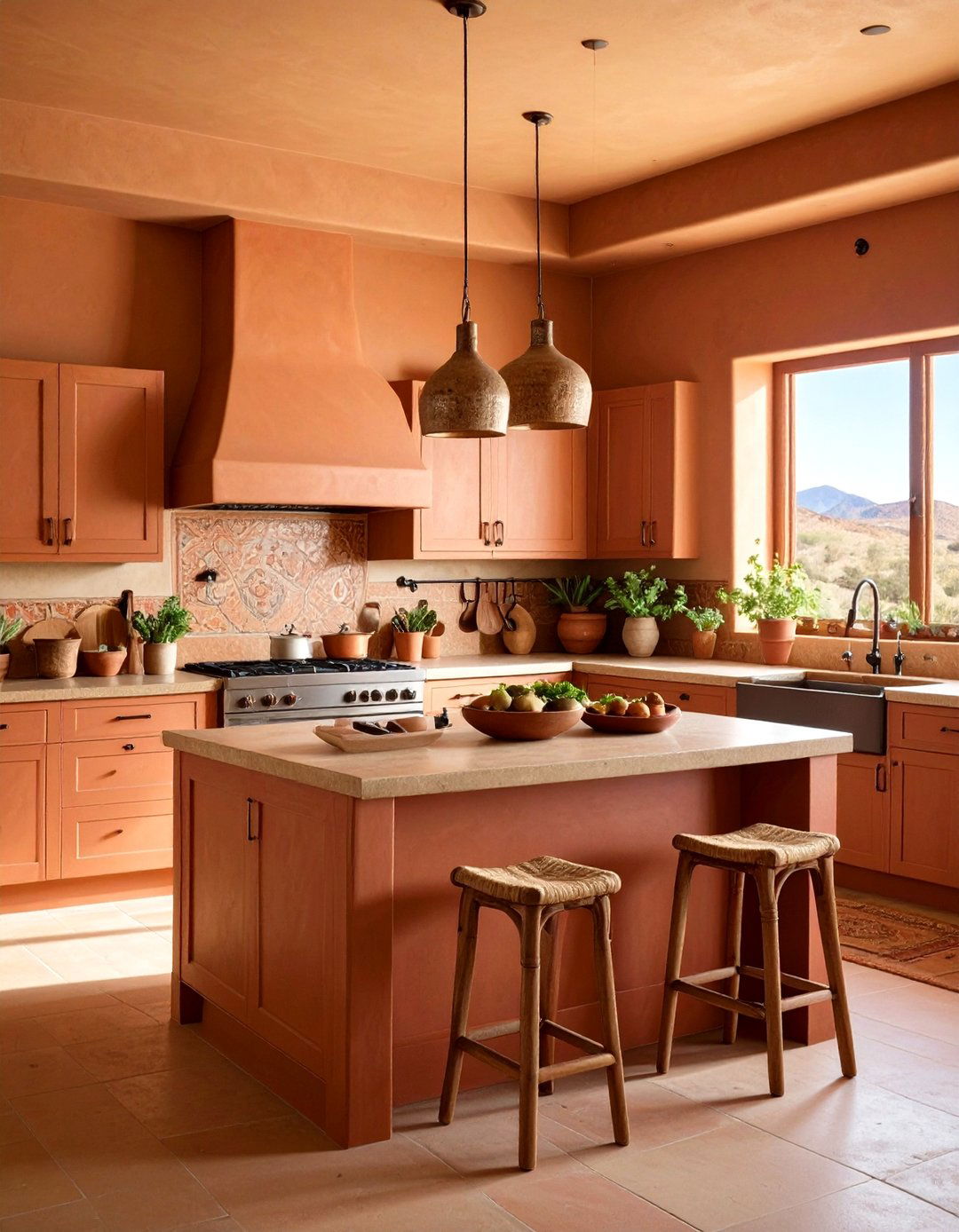
Leave a Reply